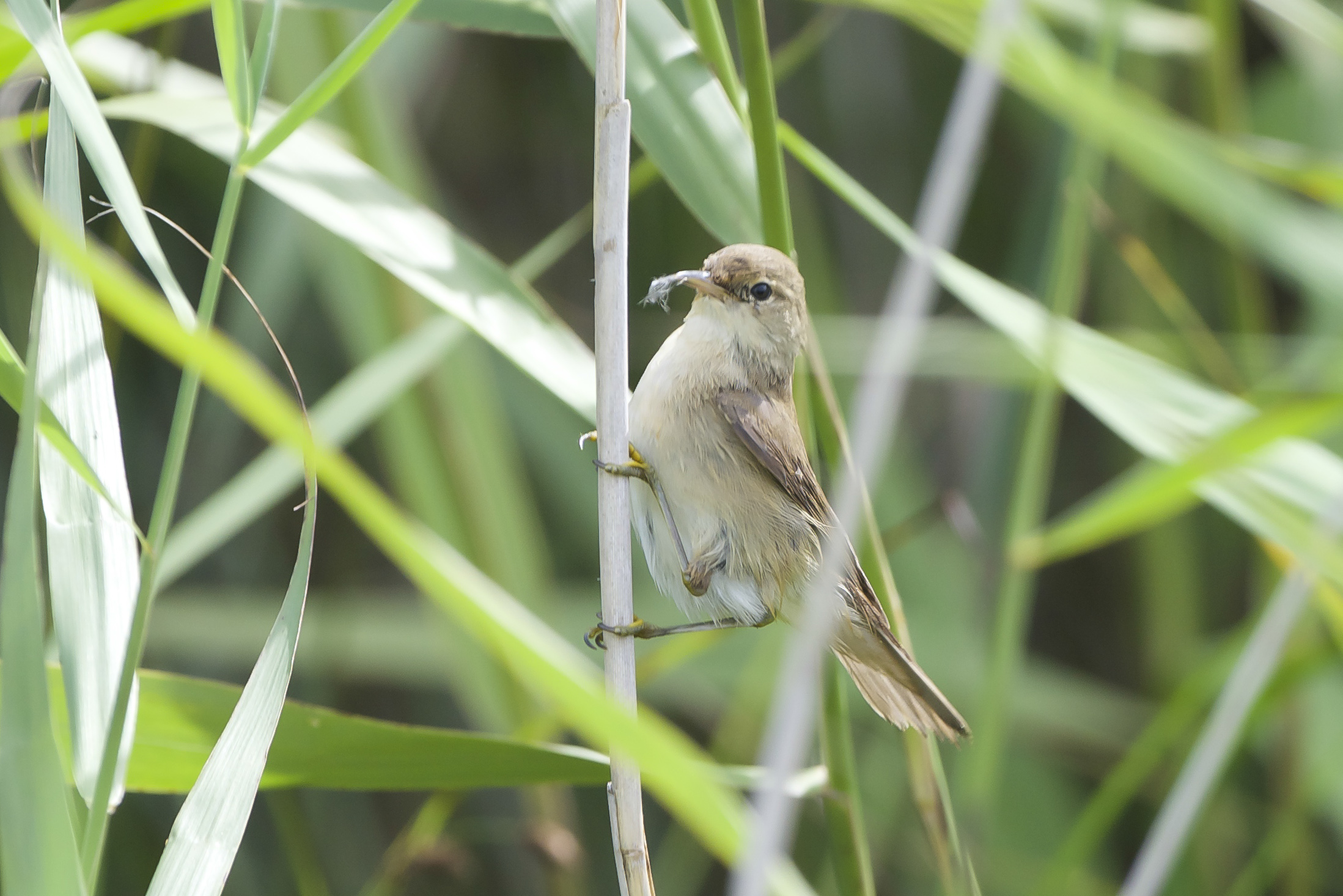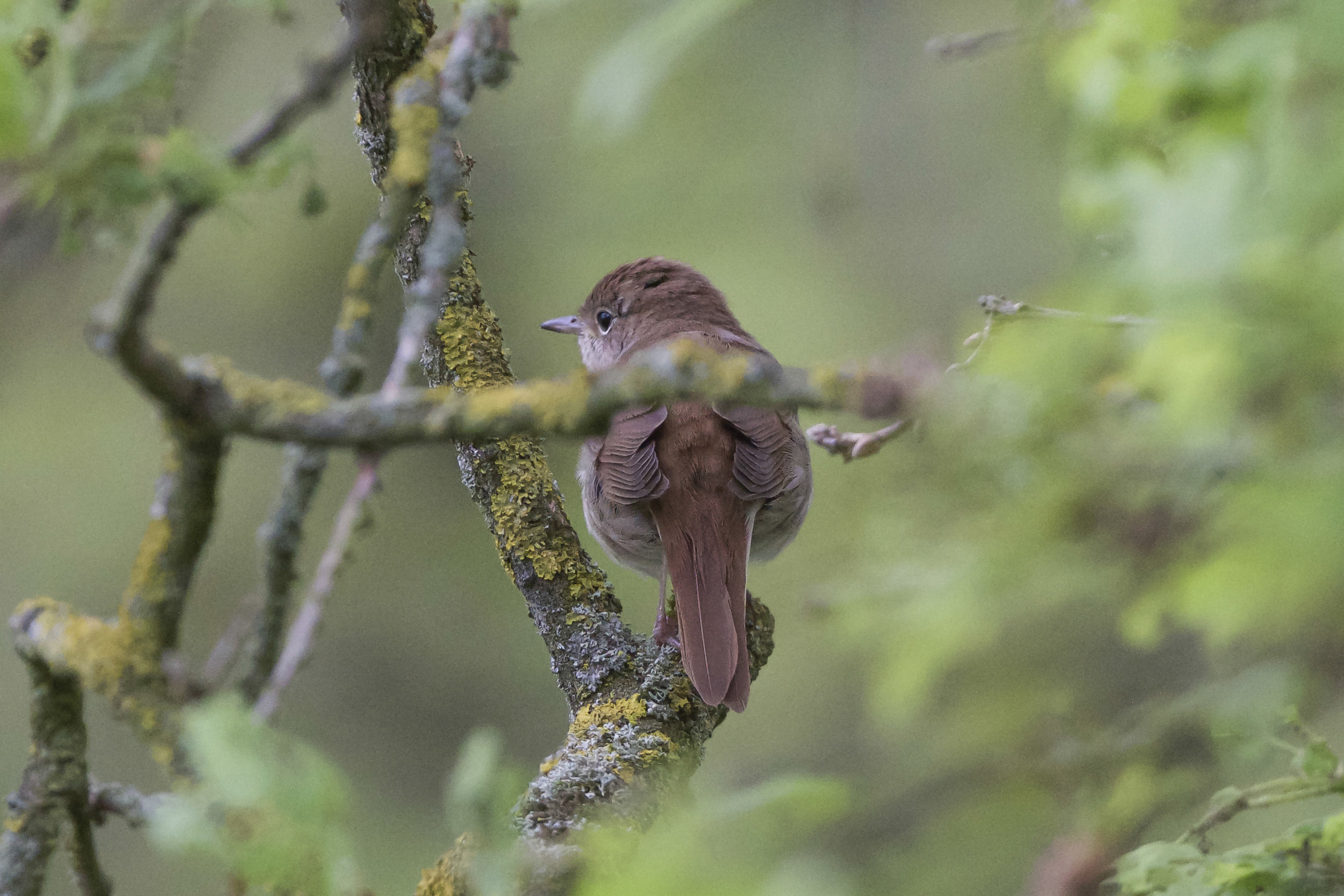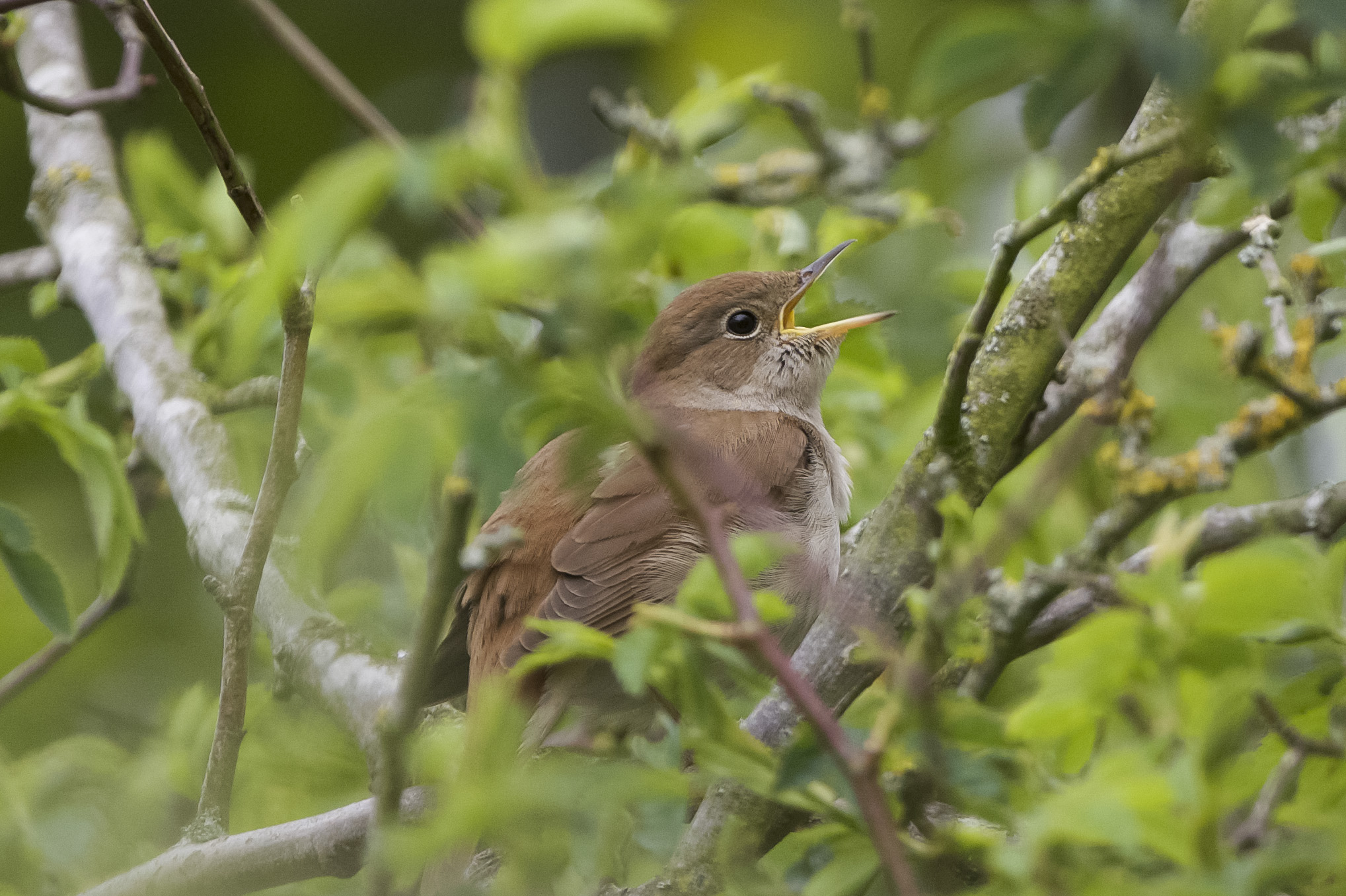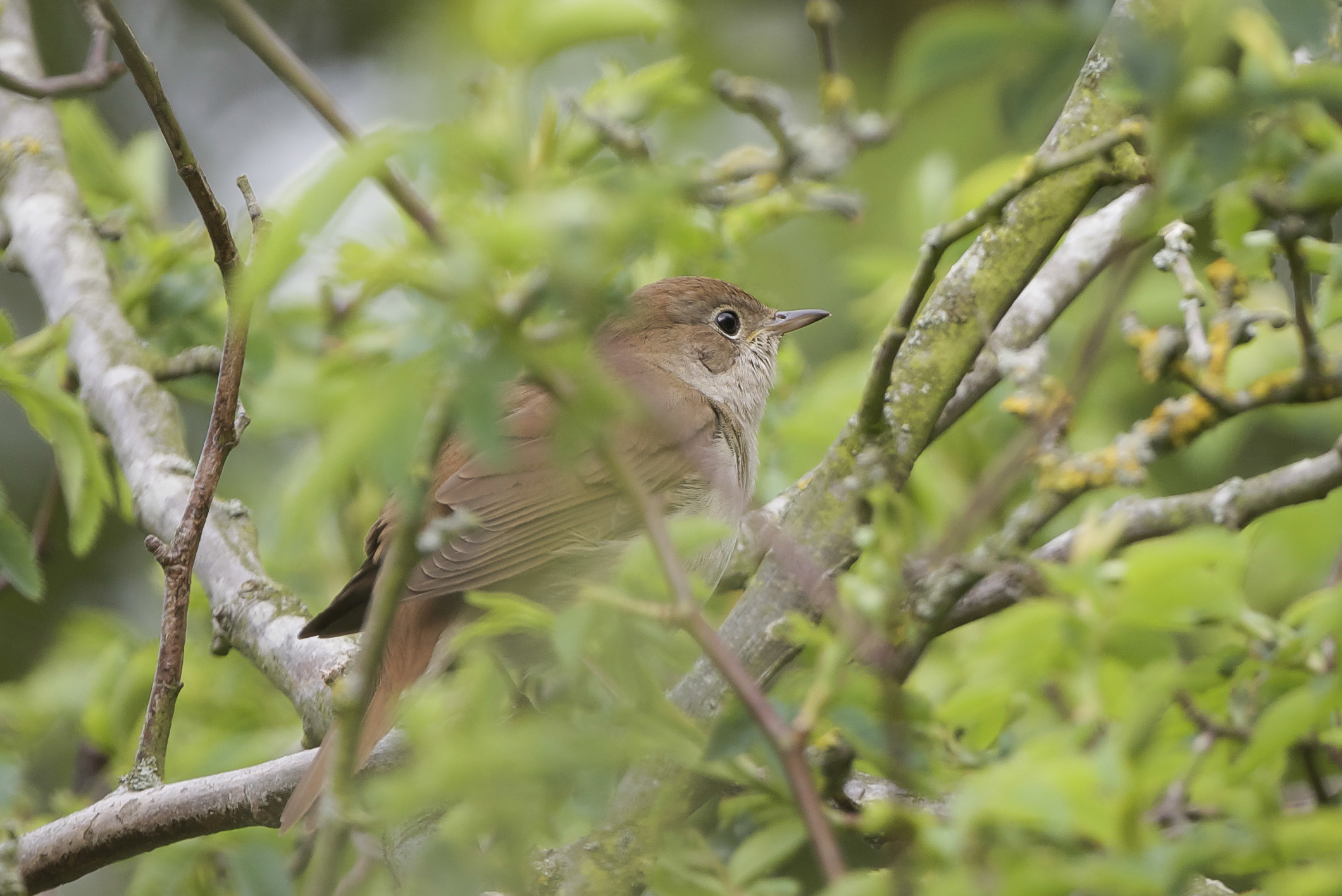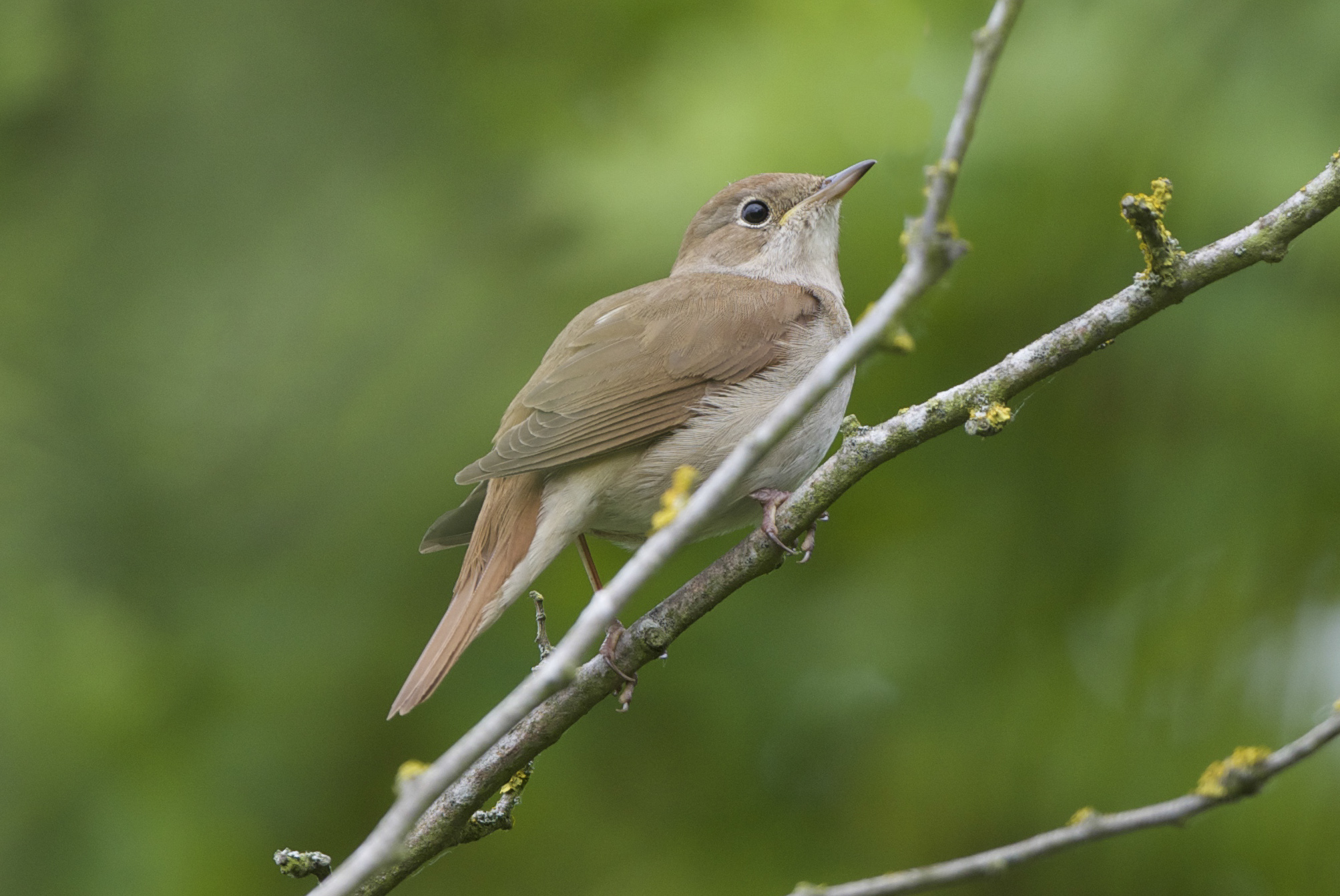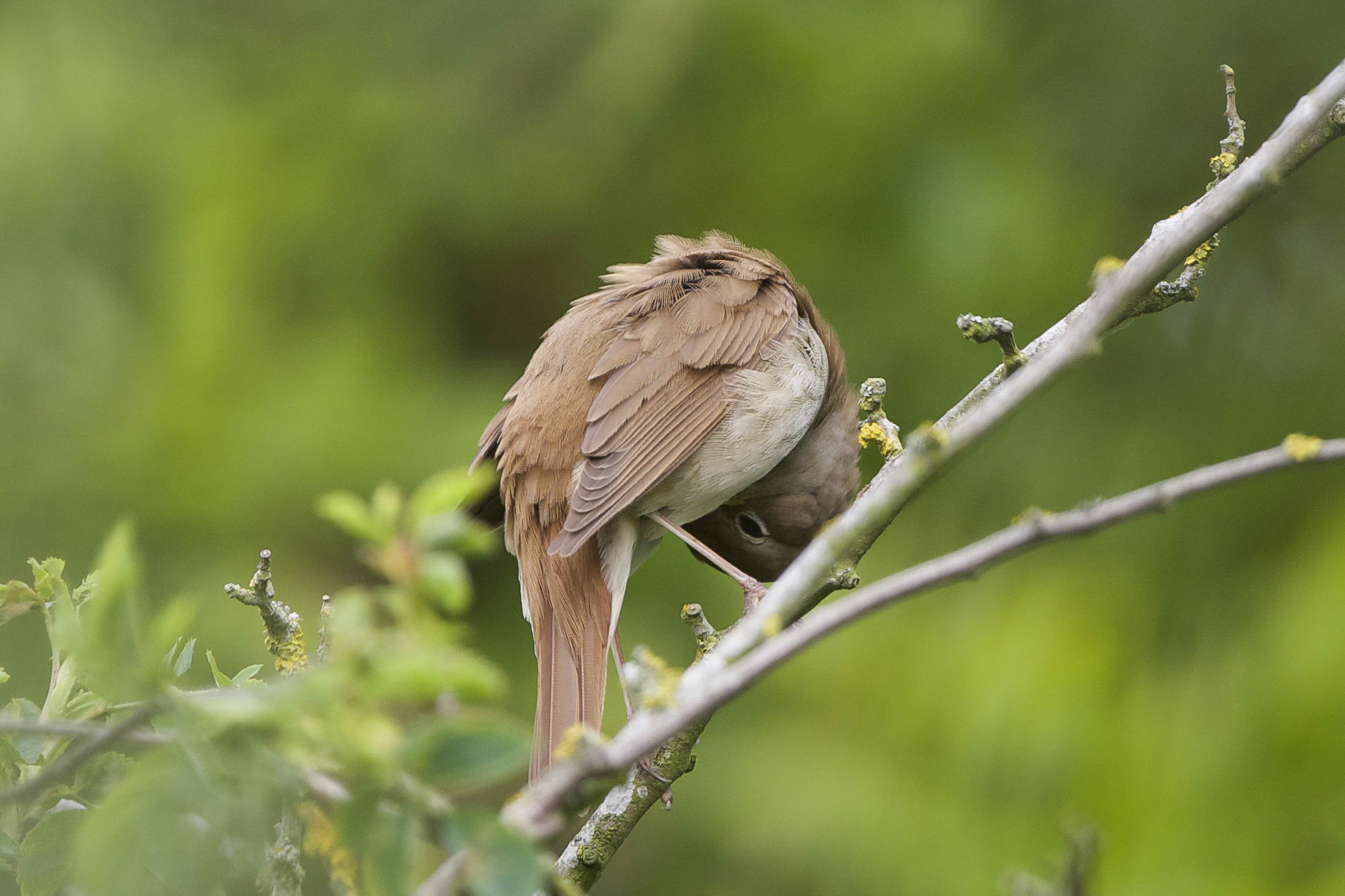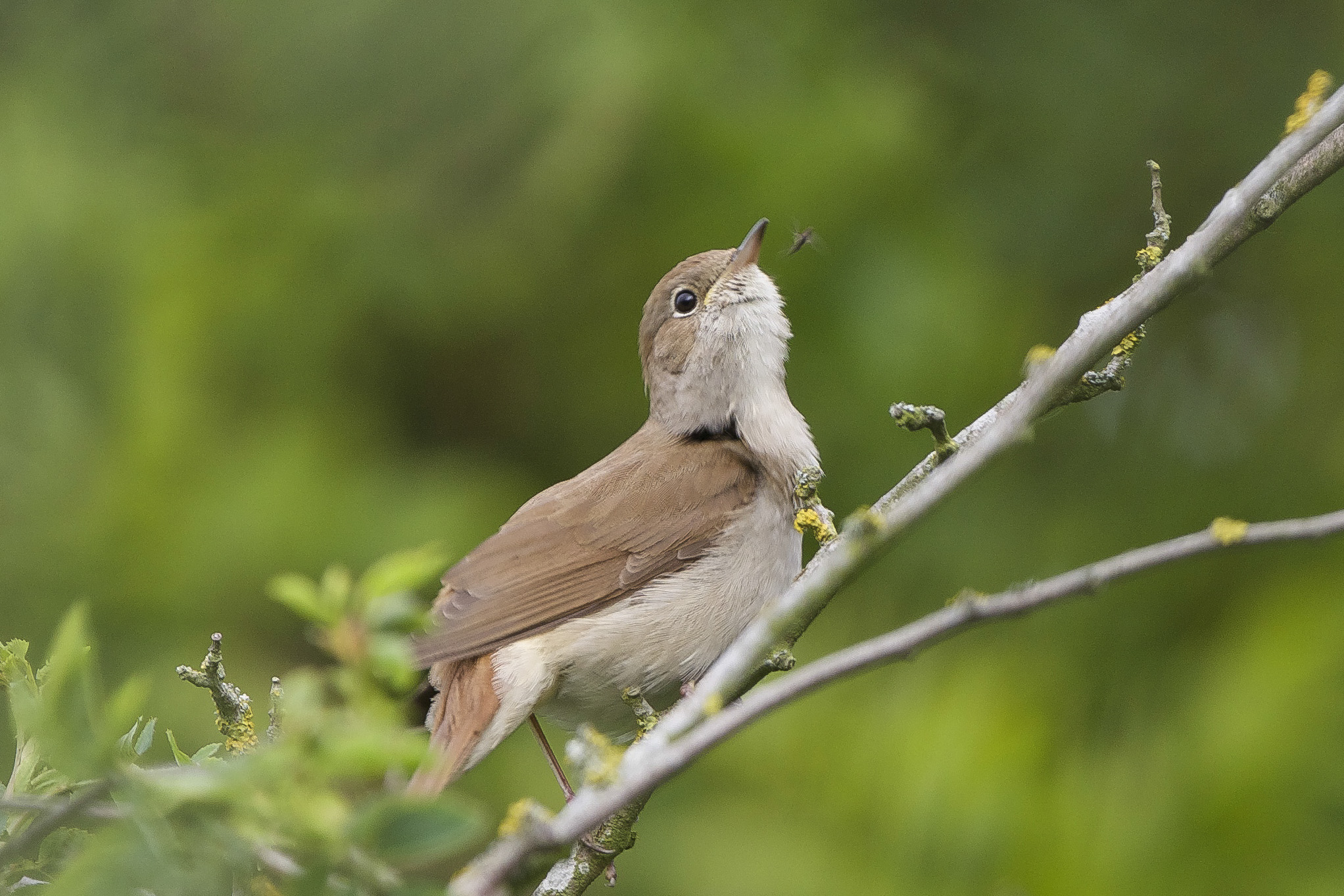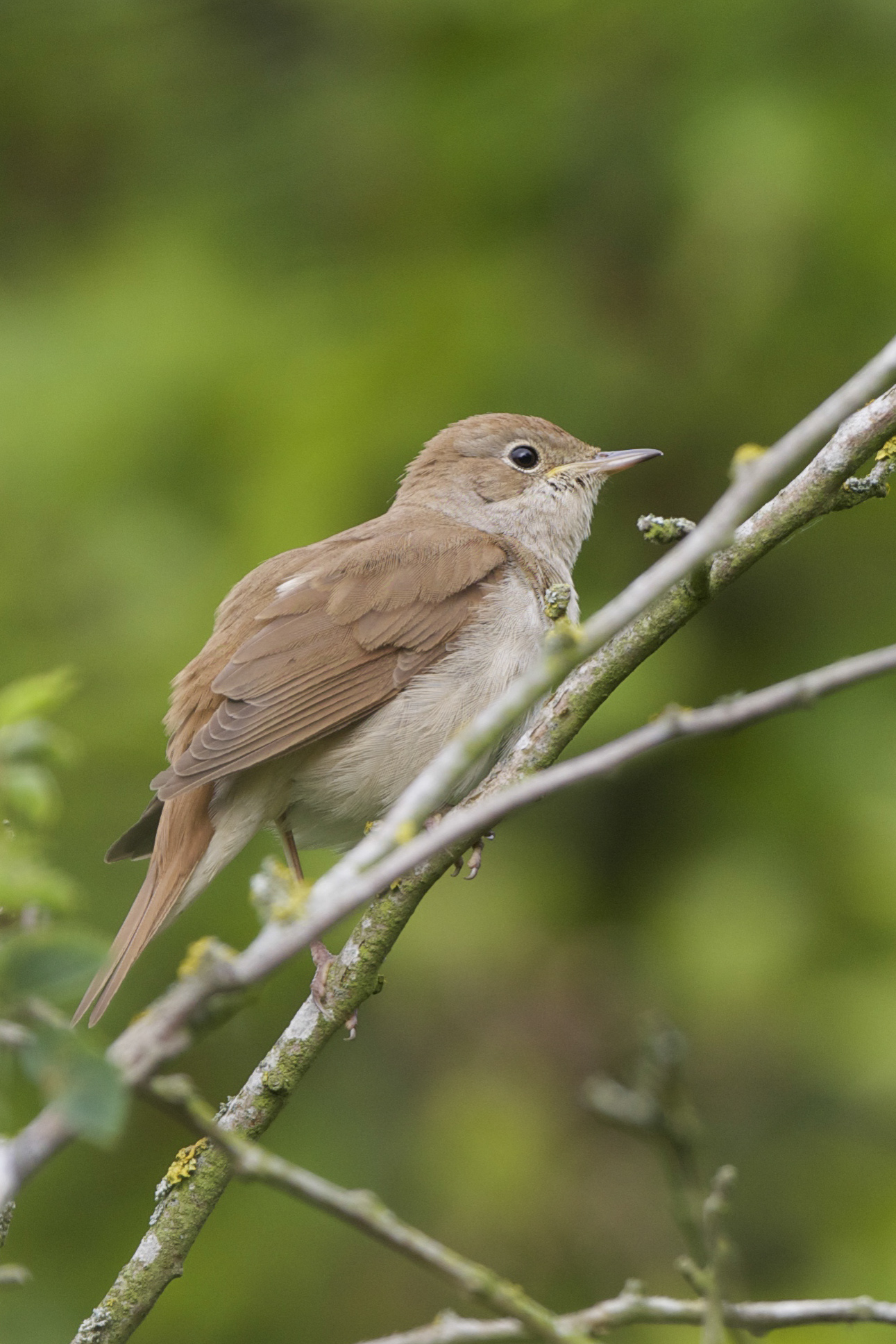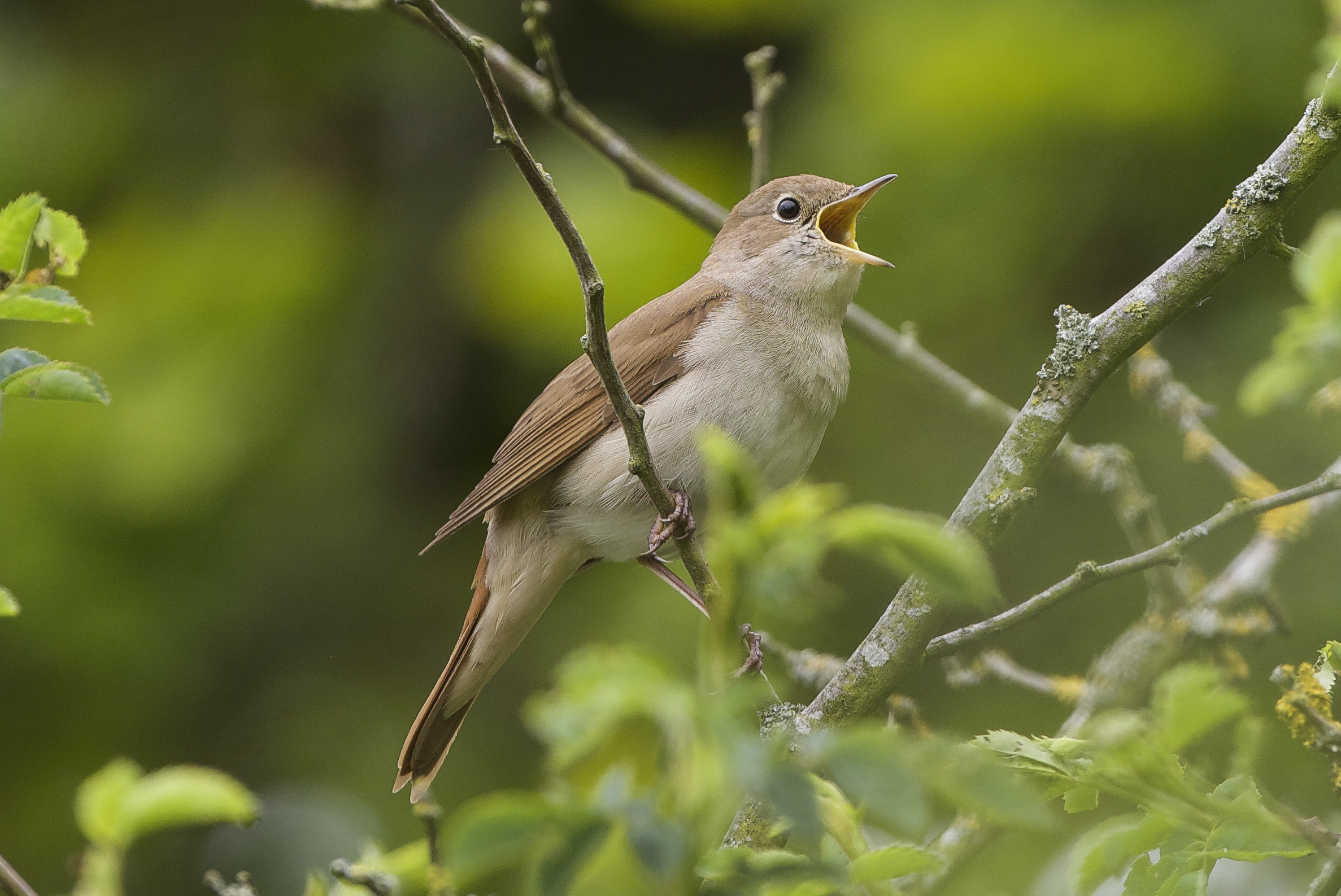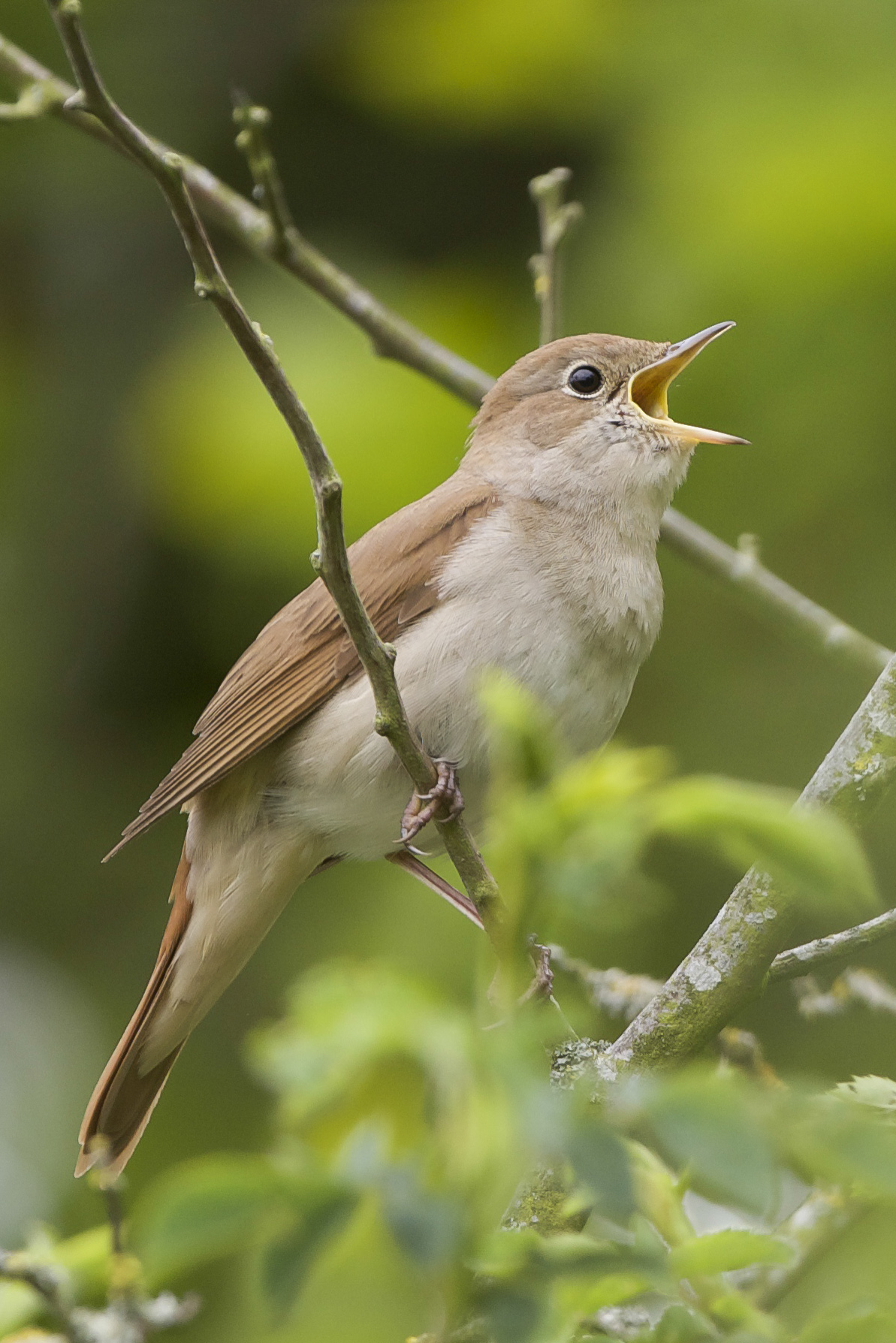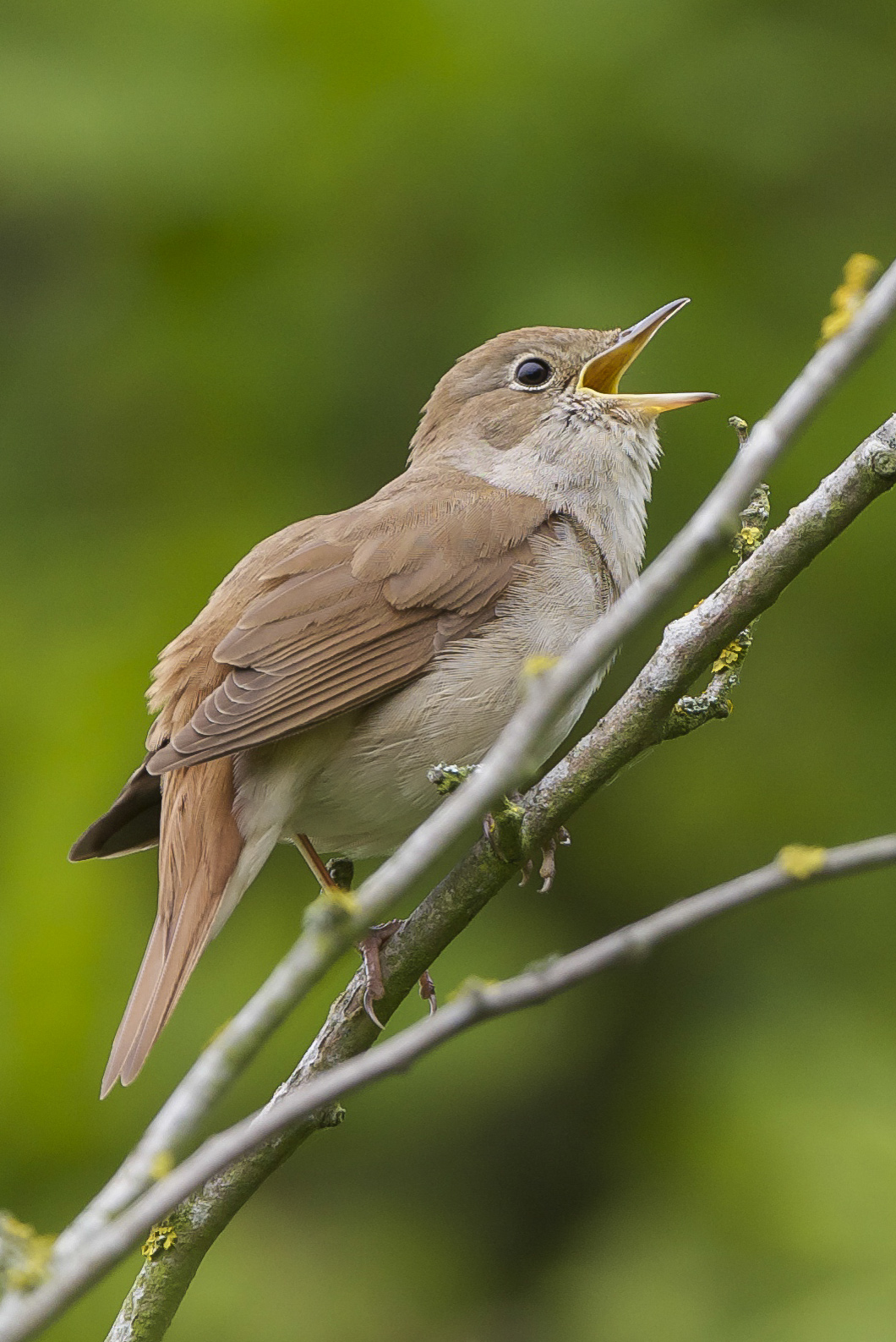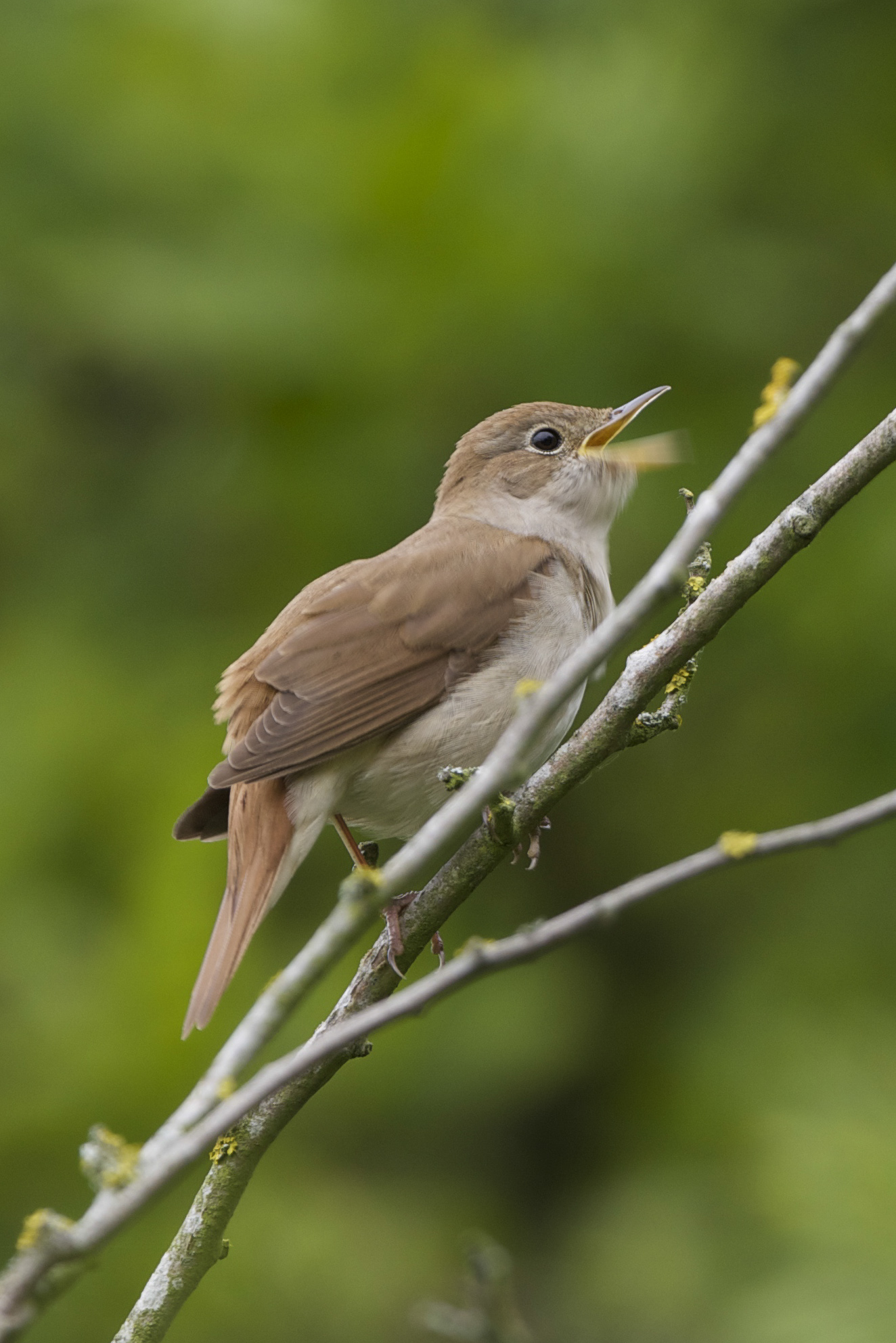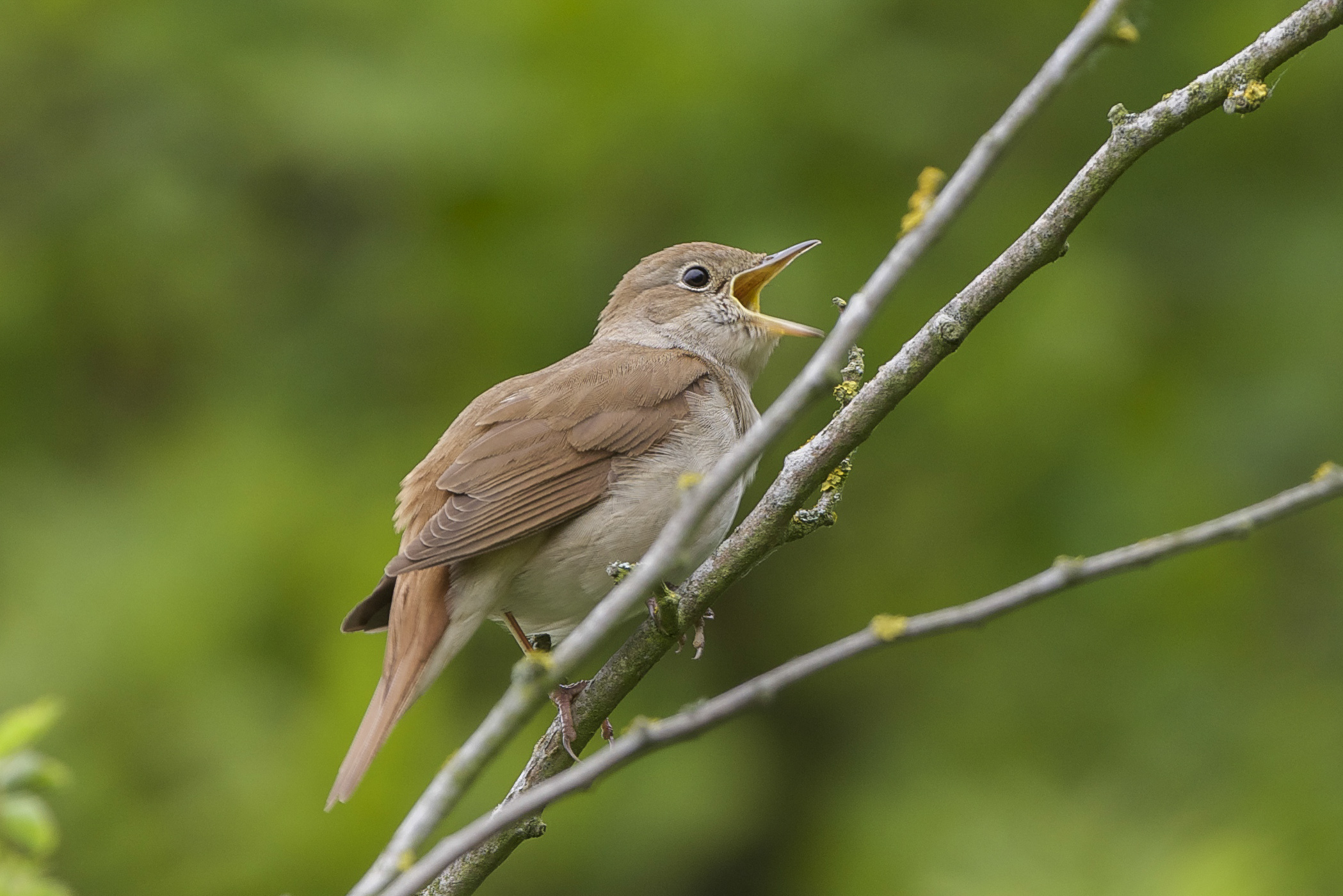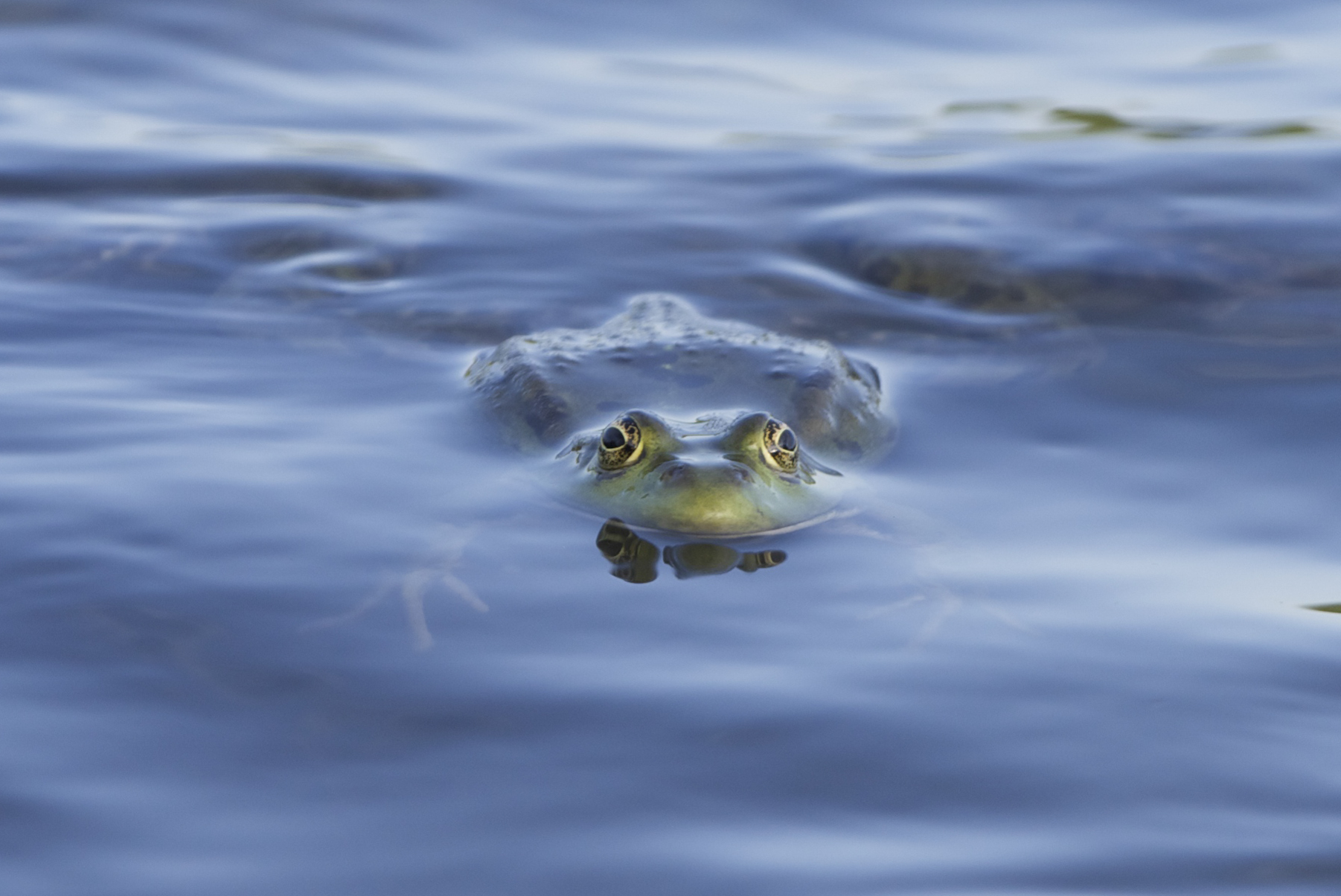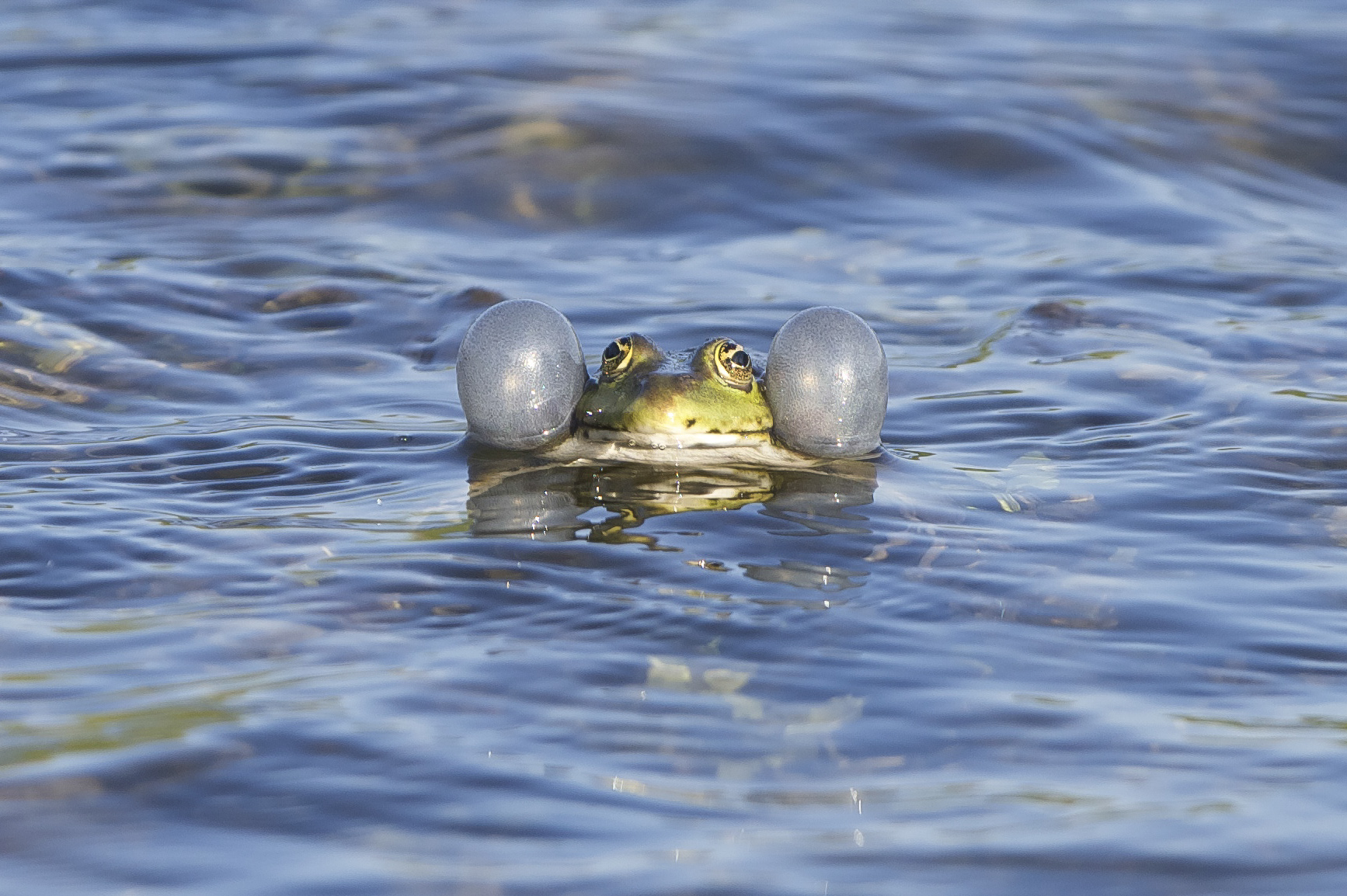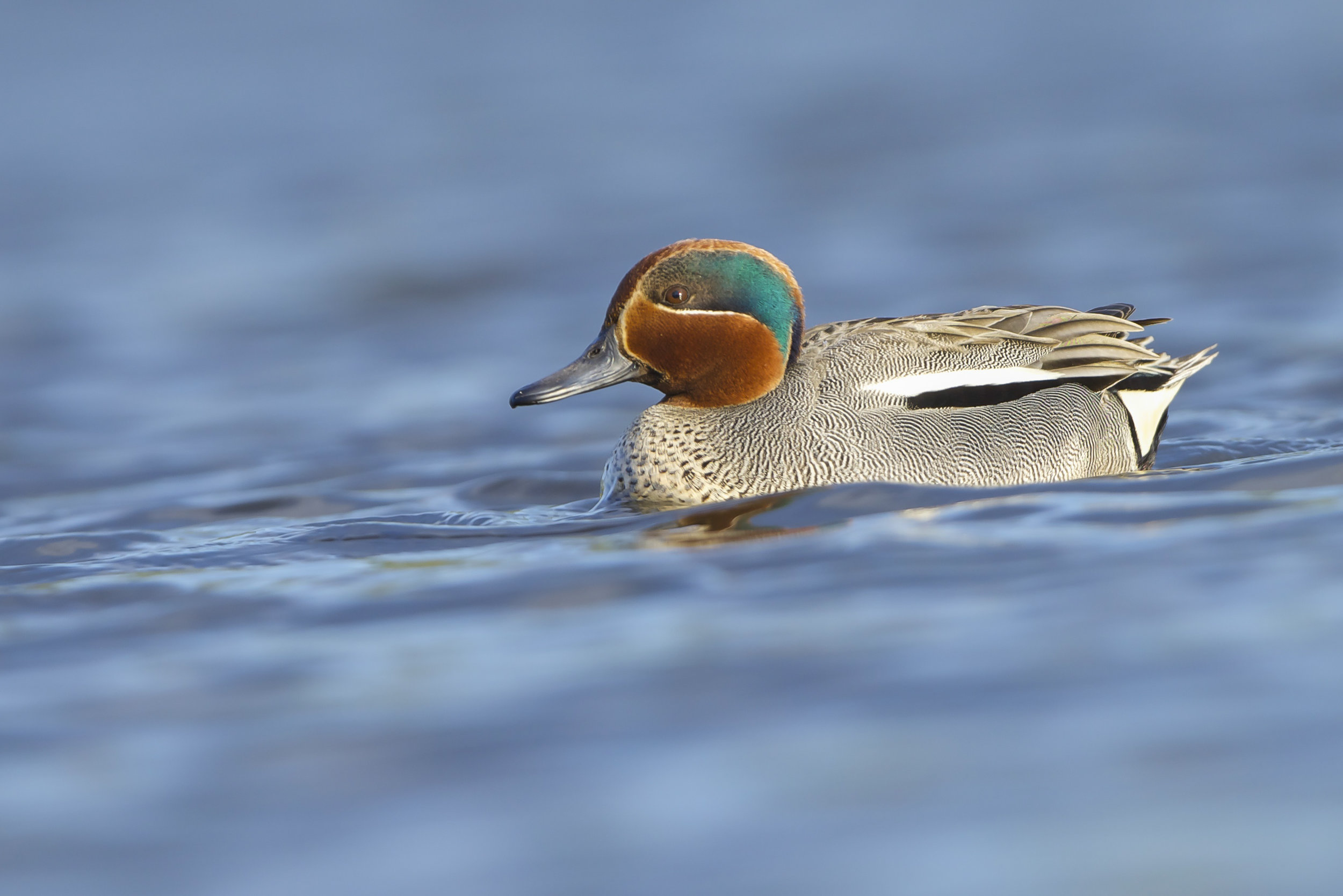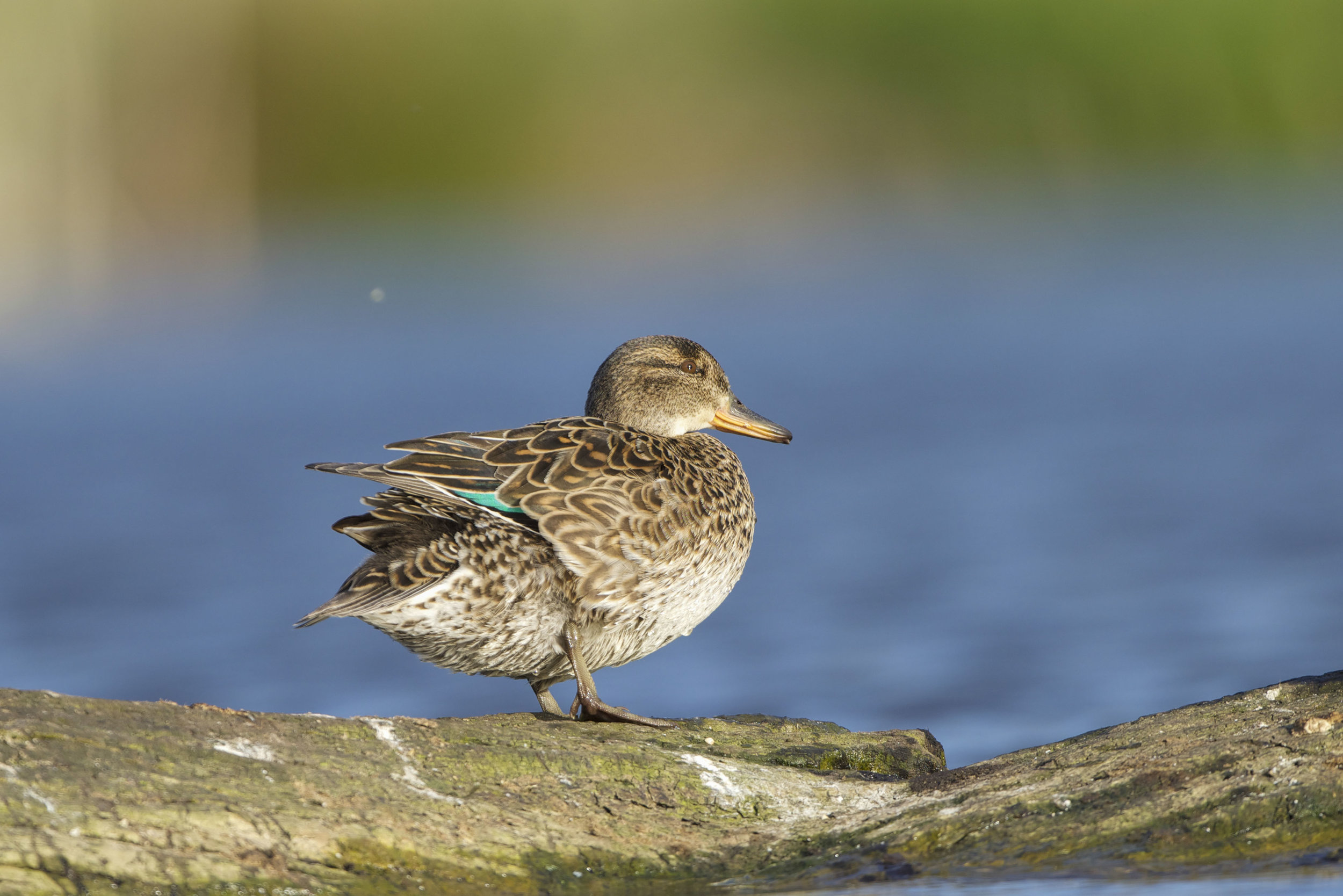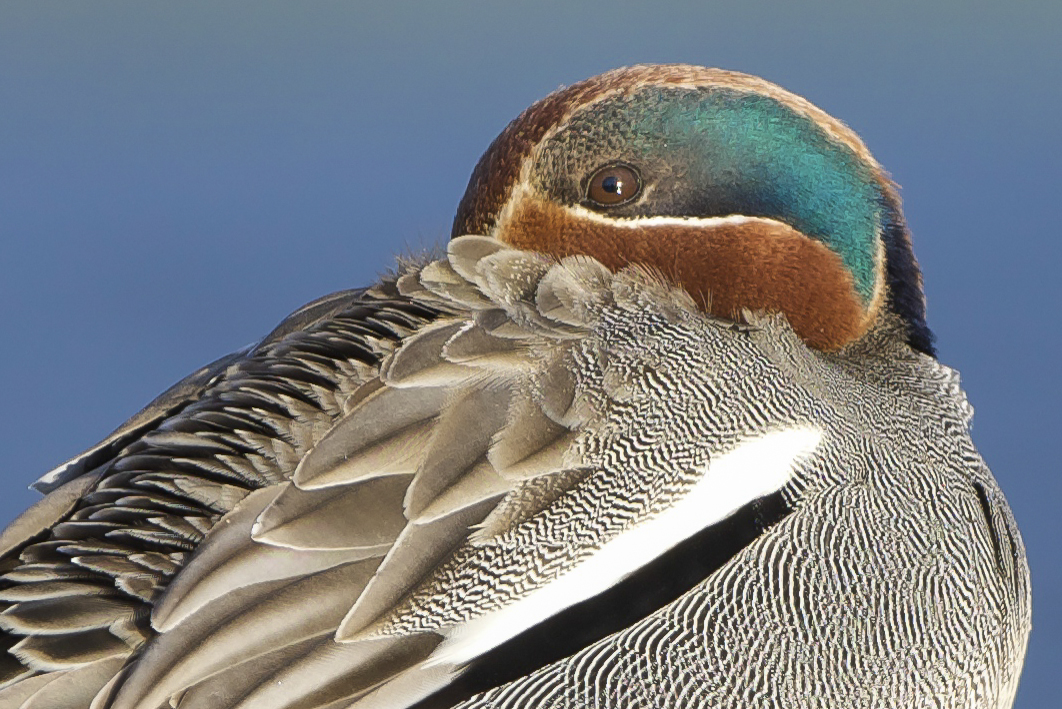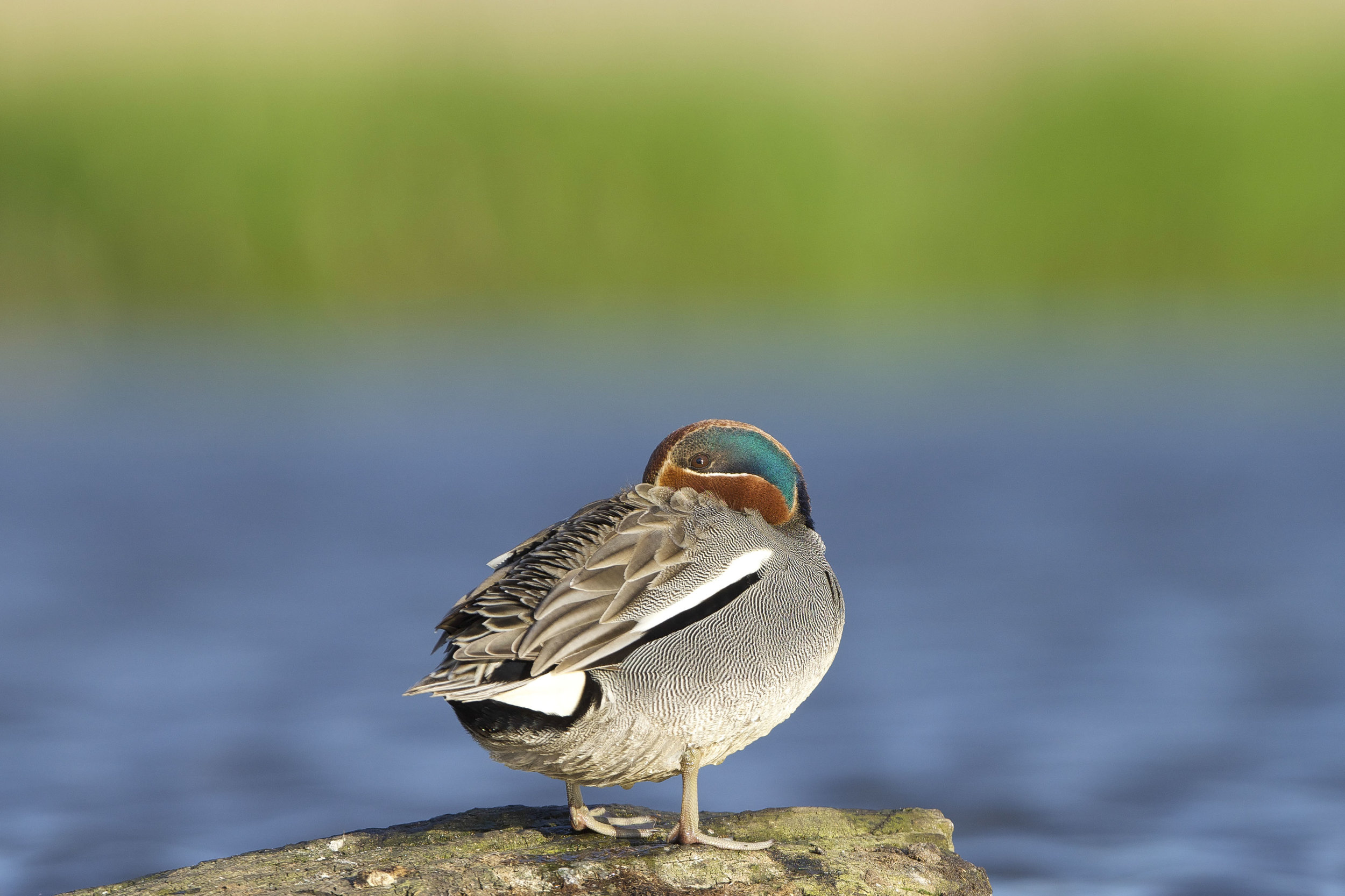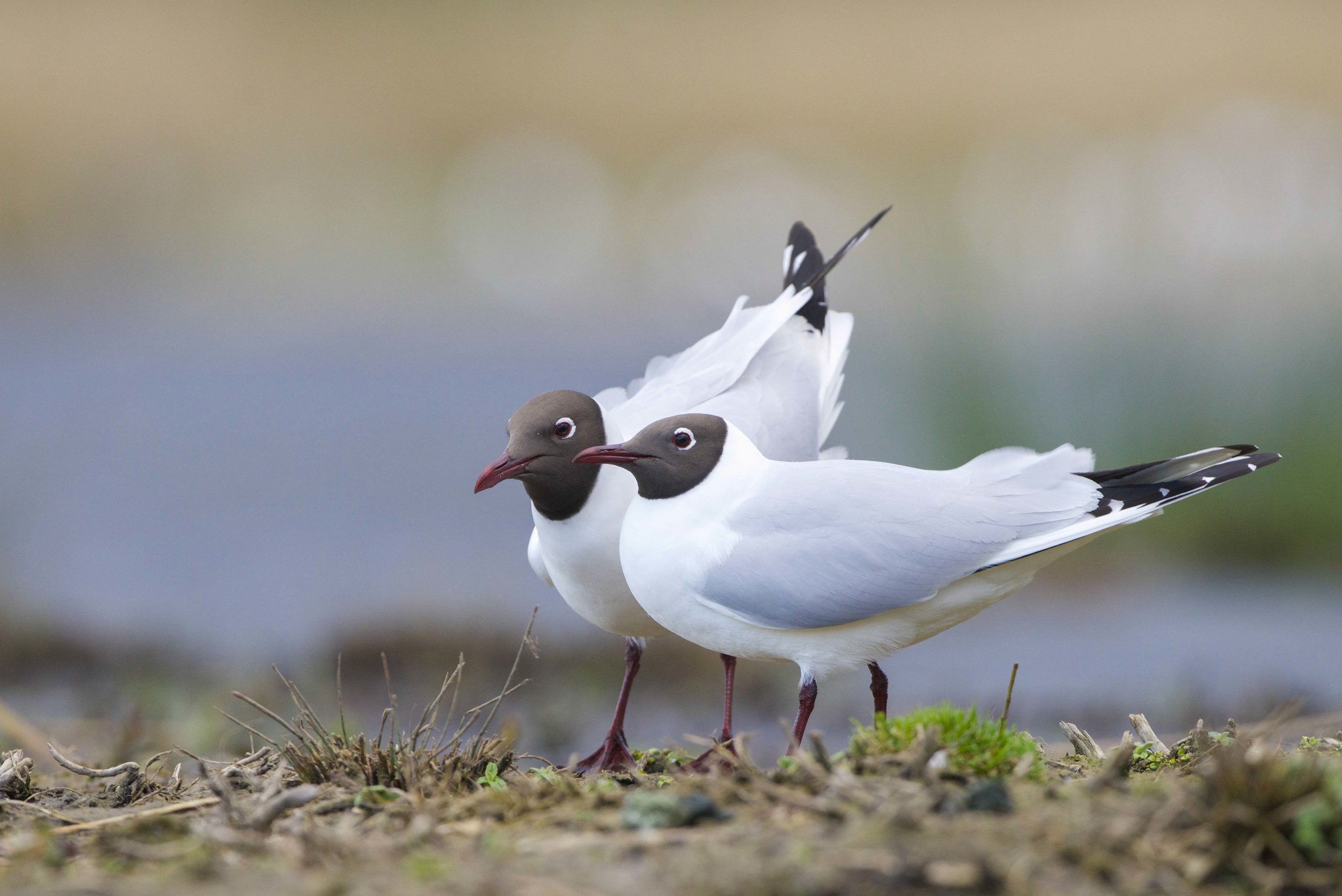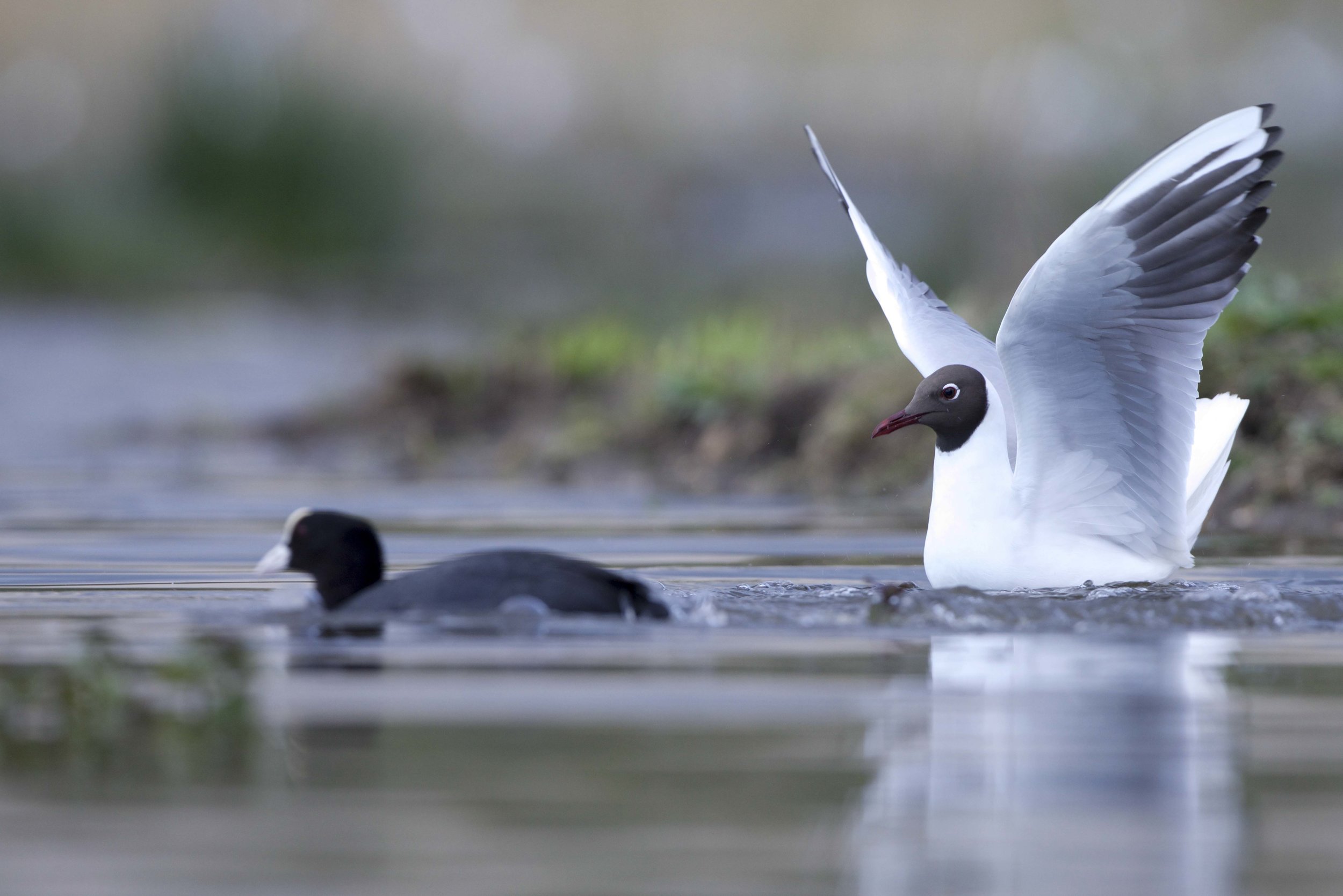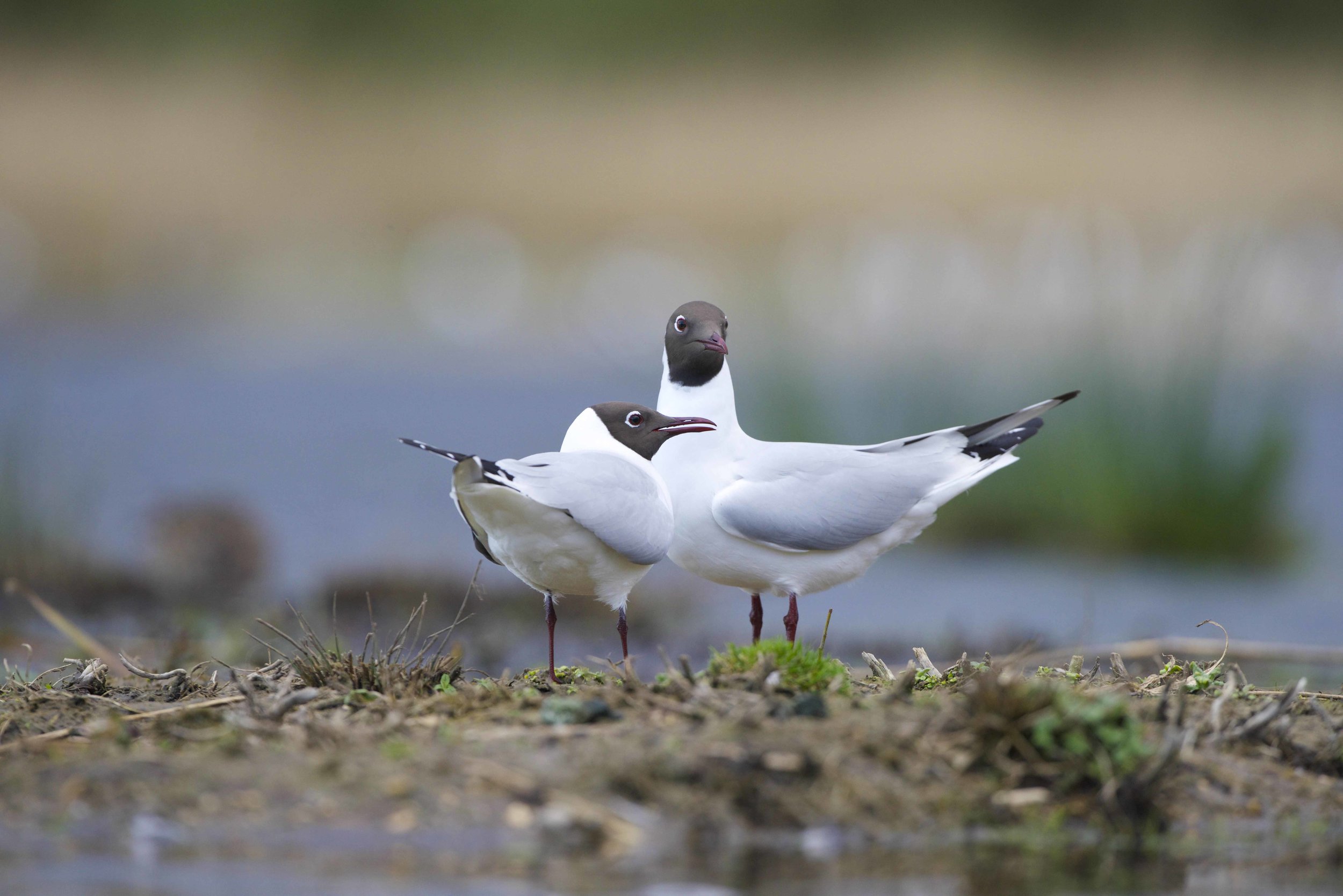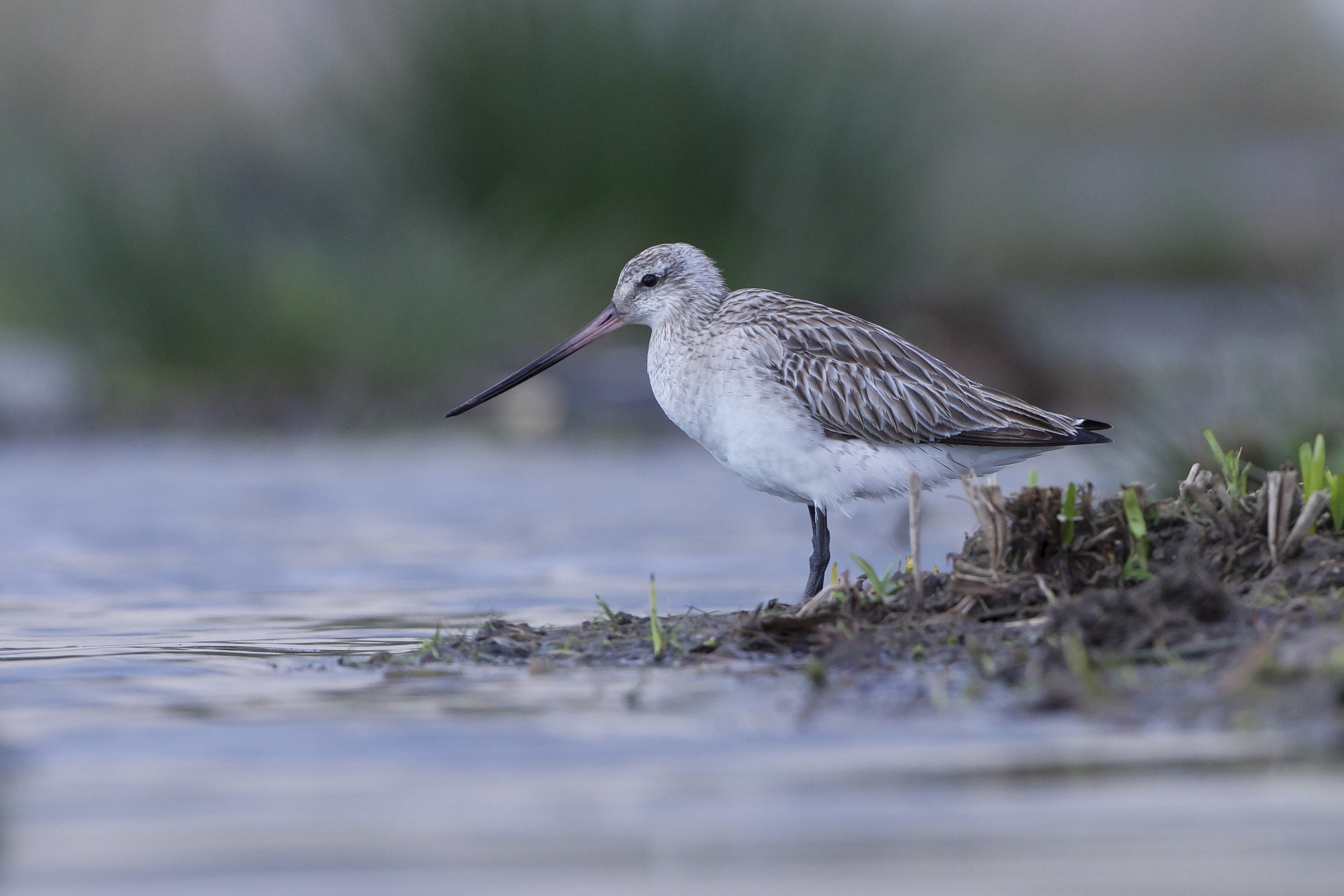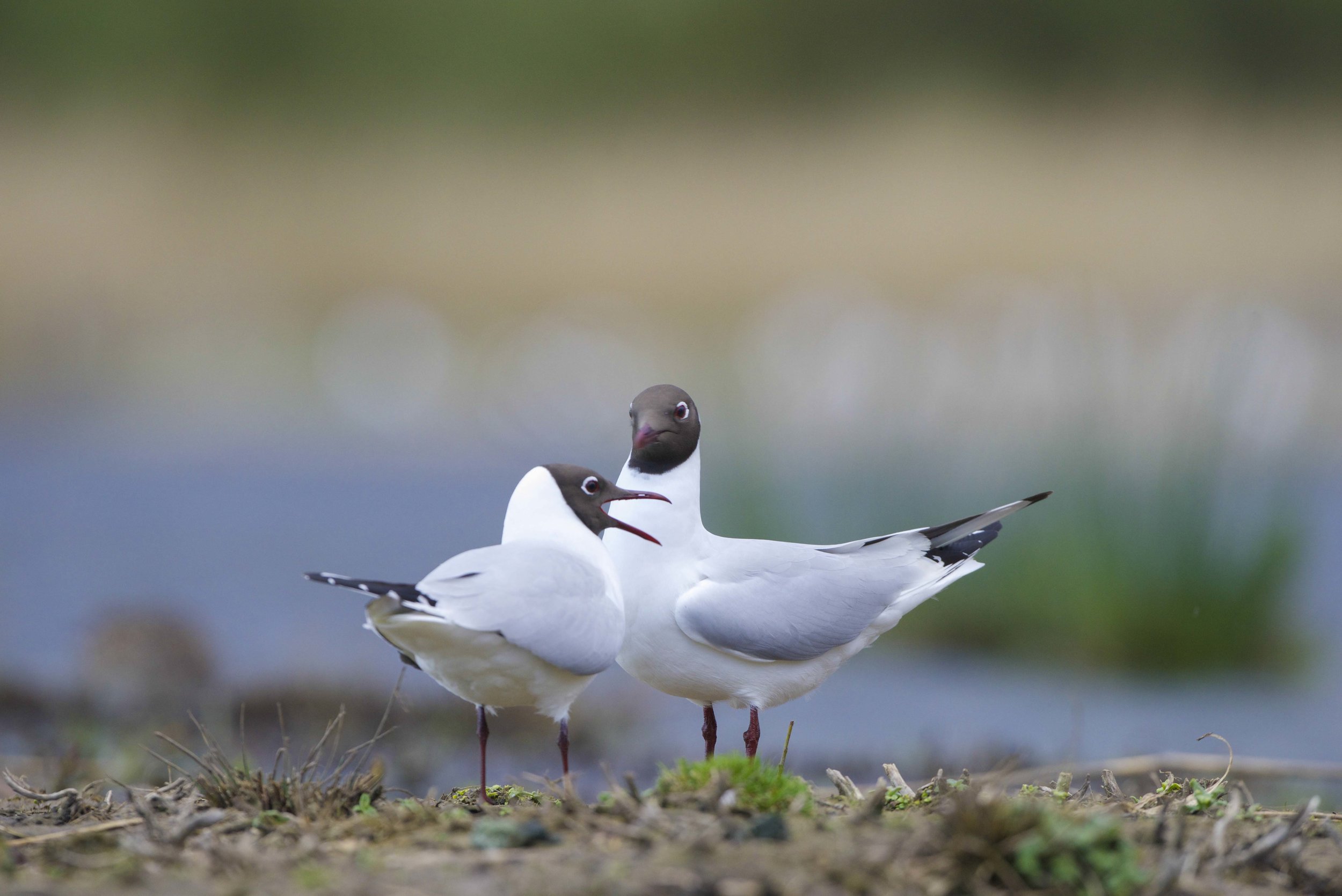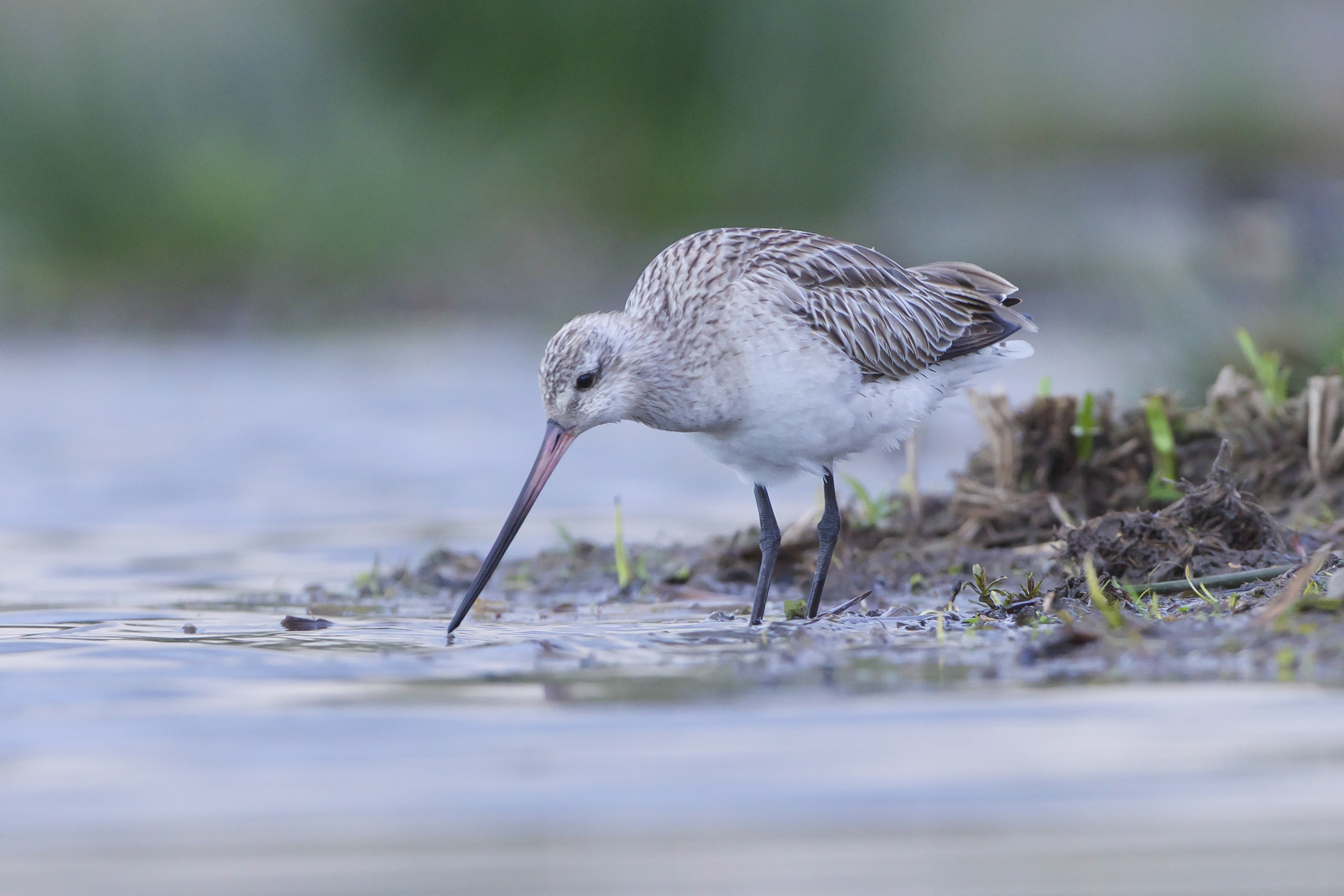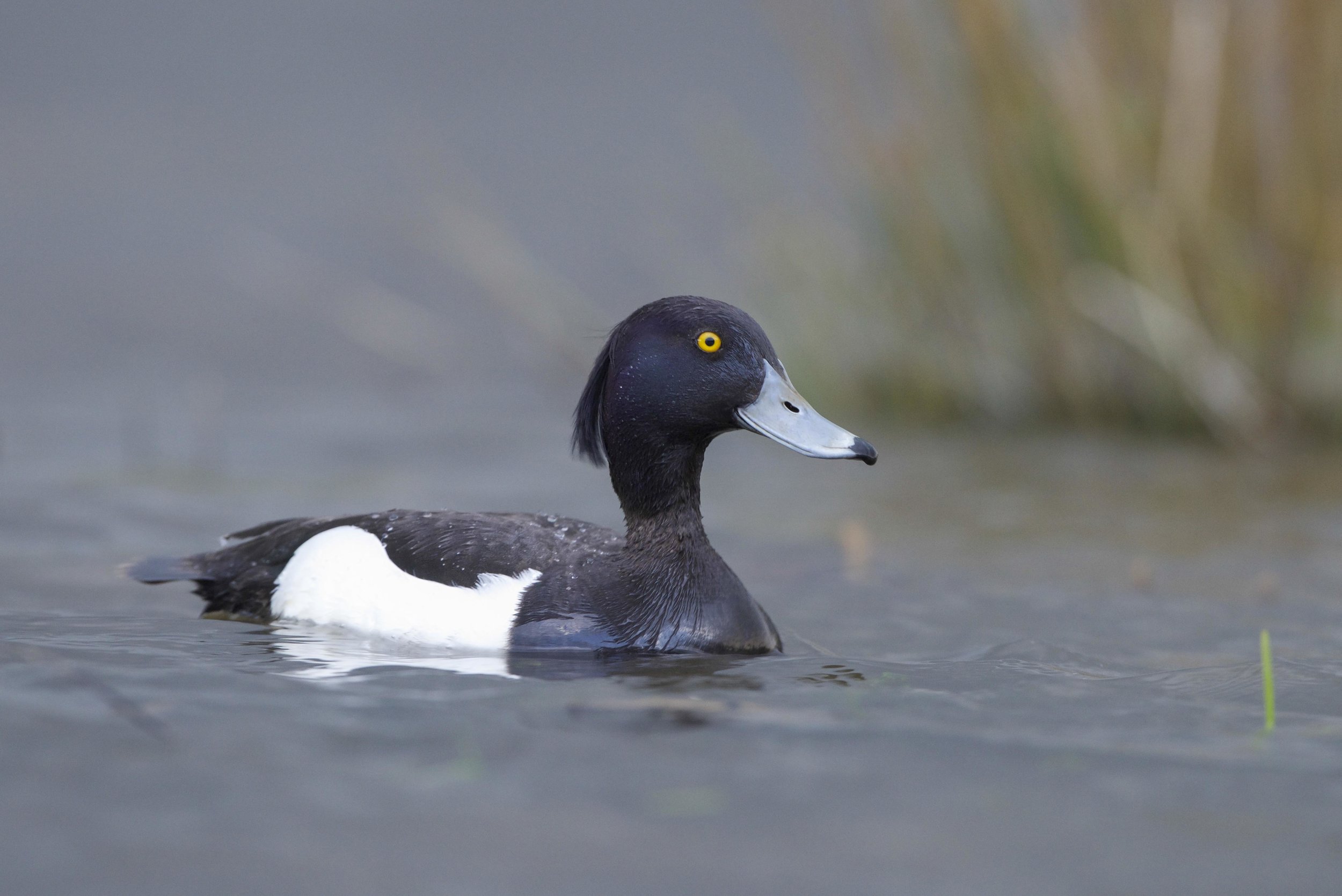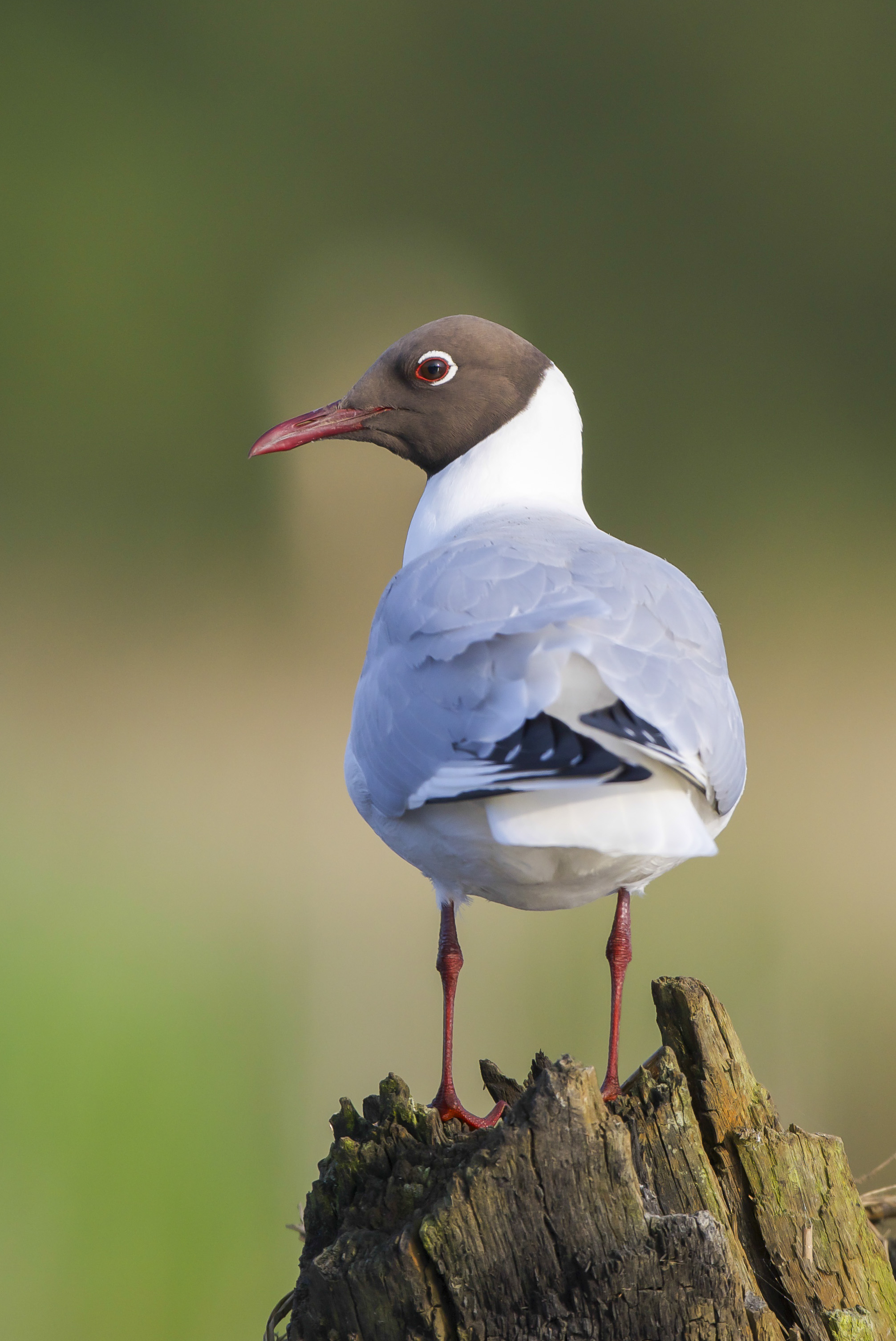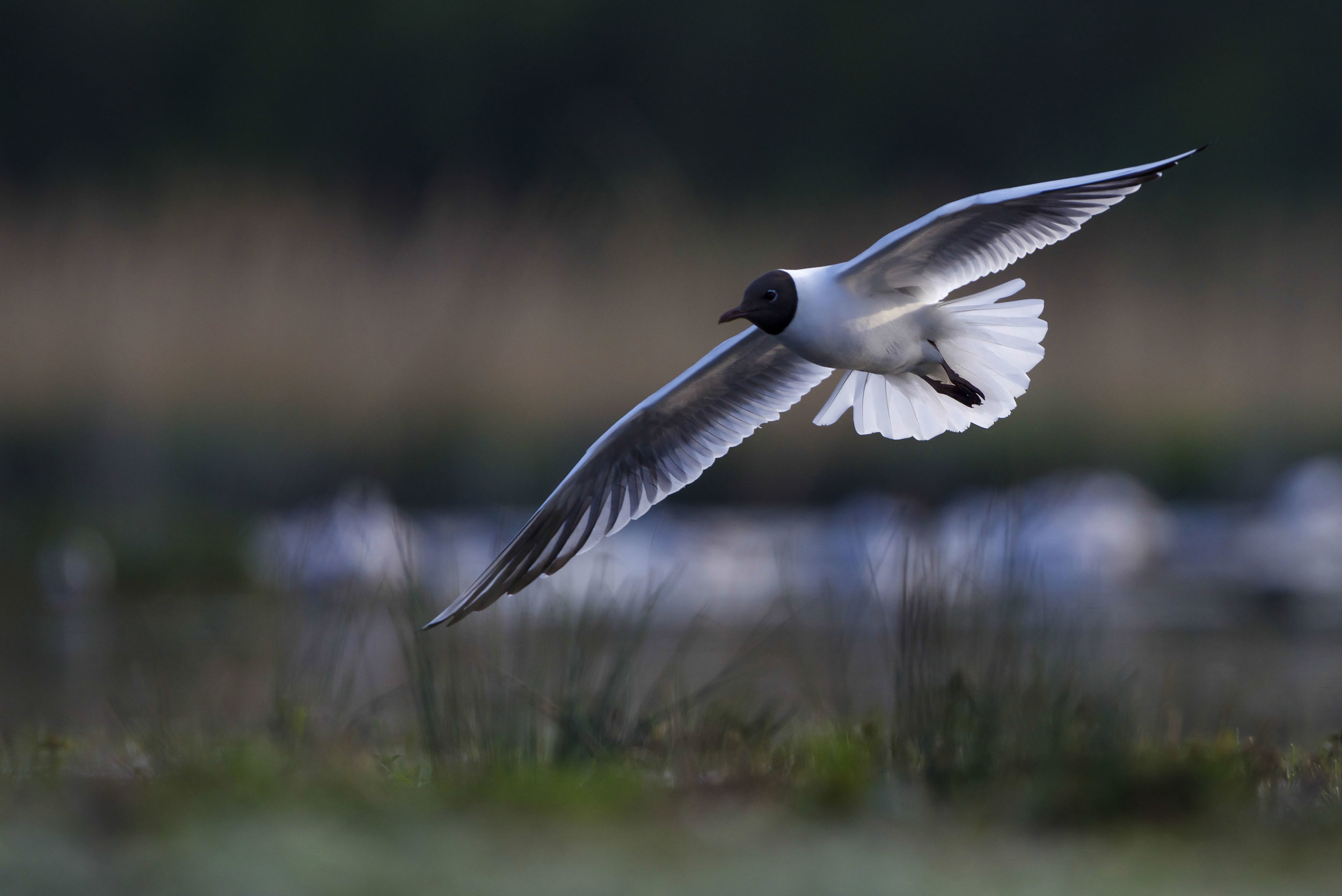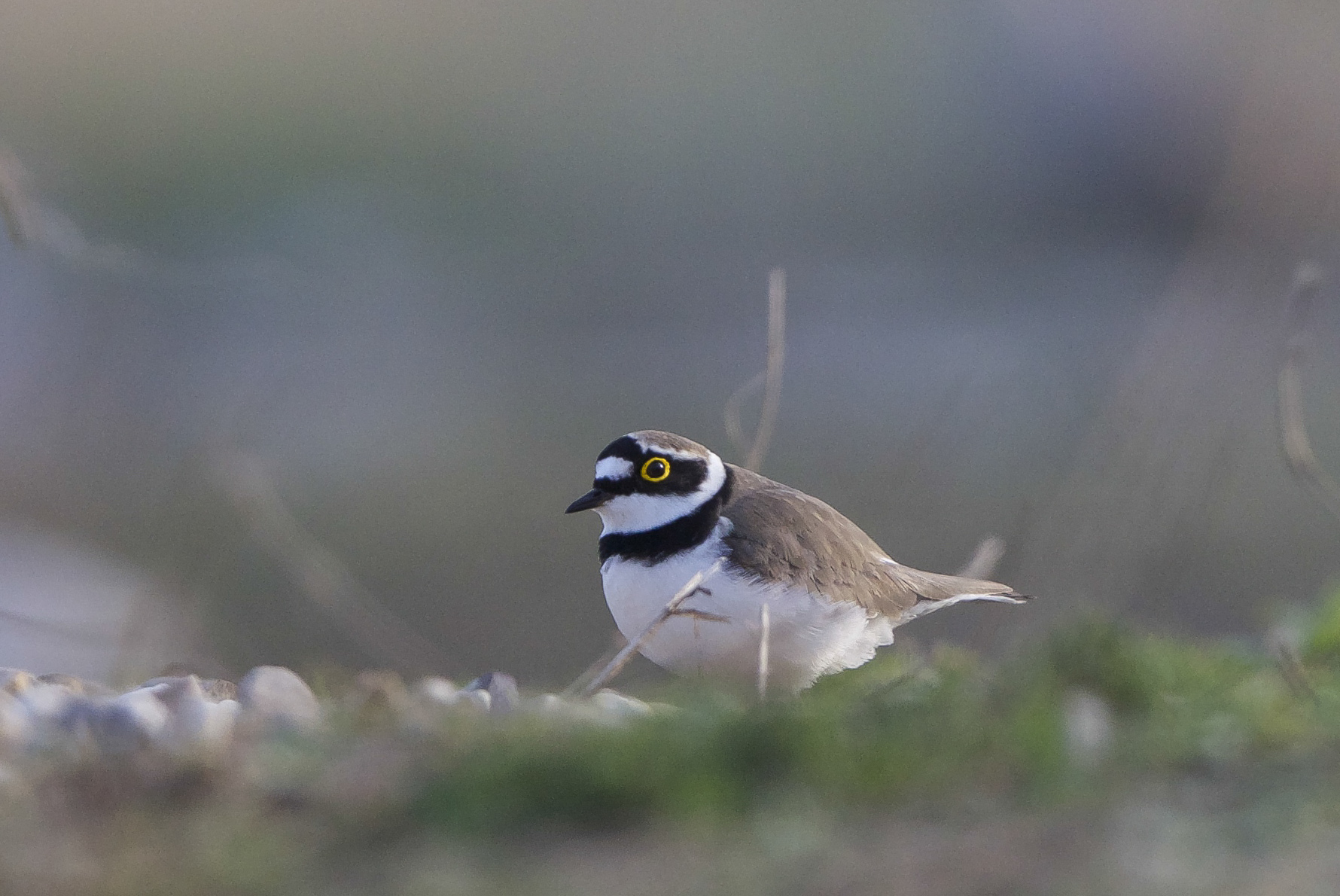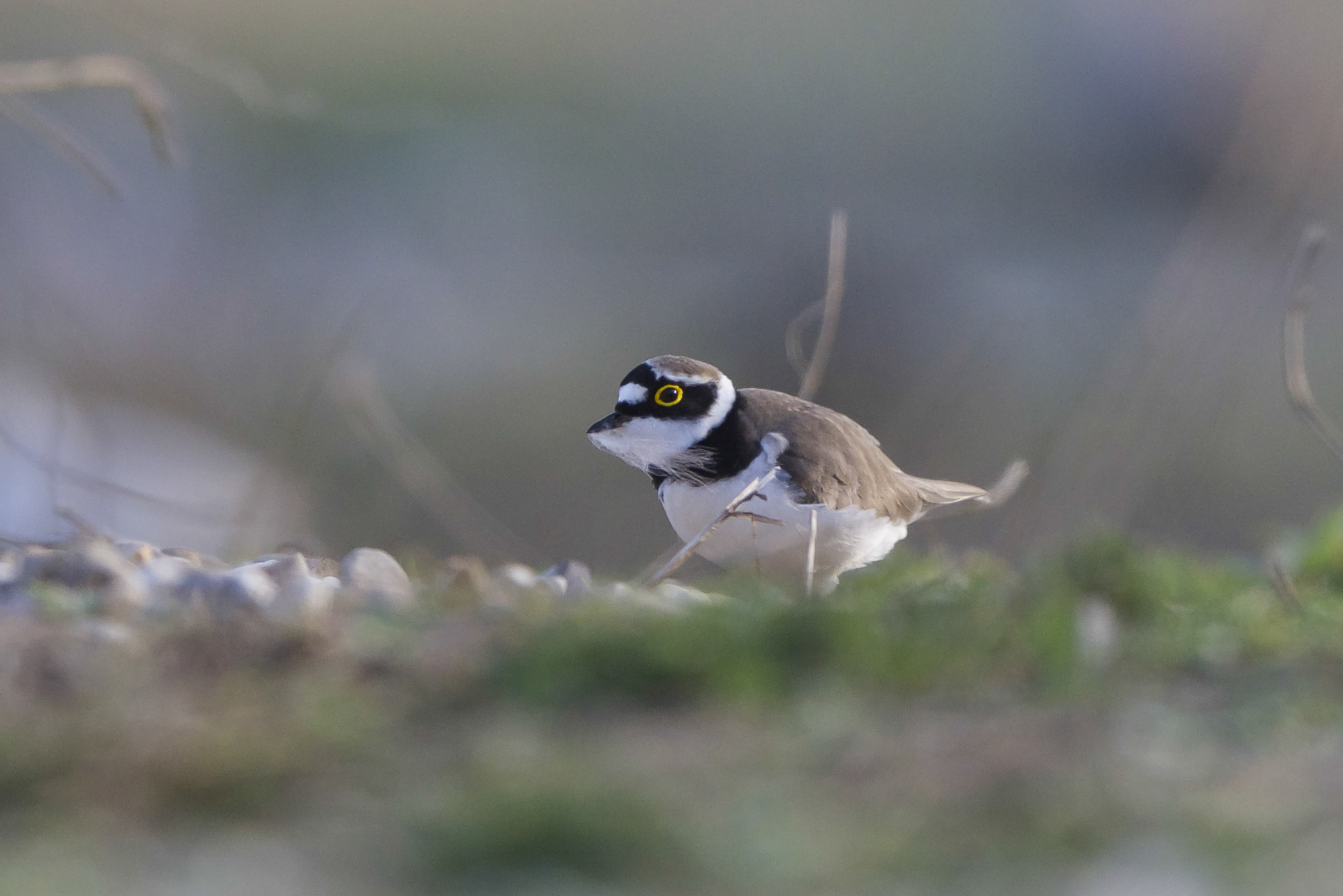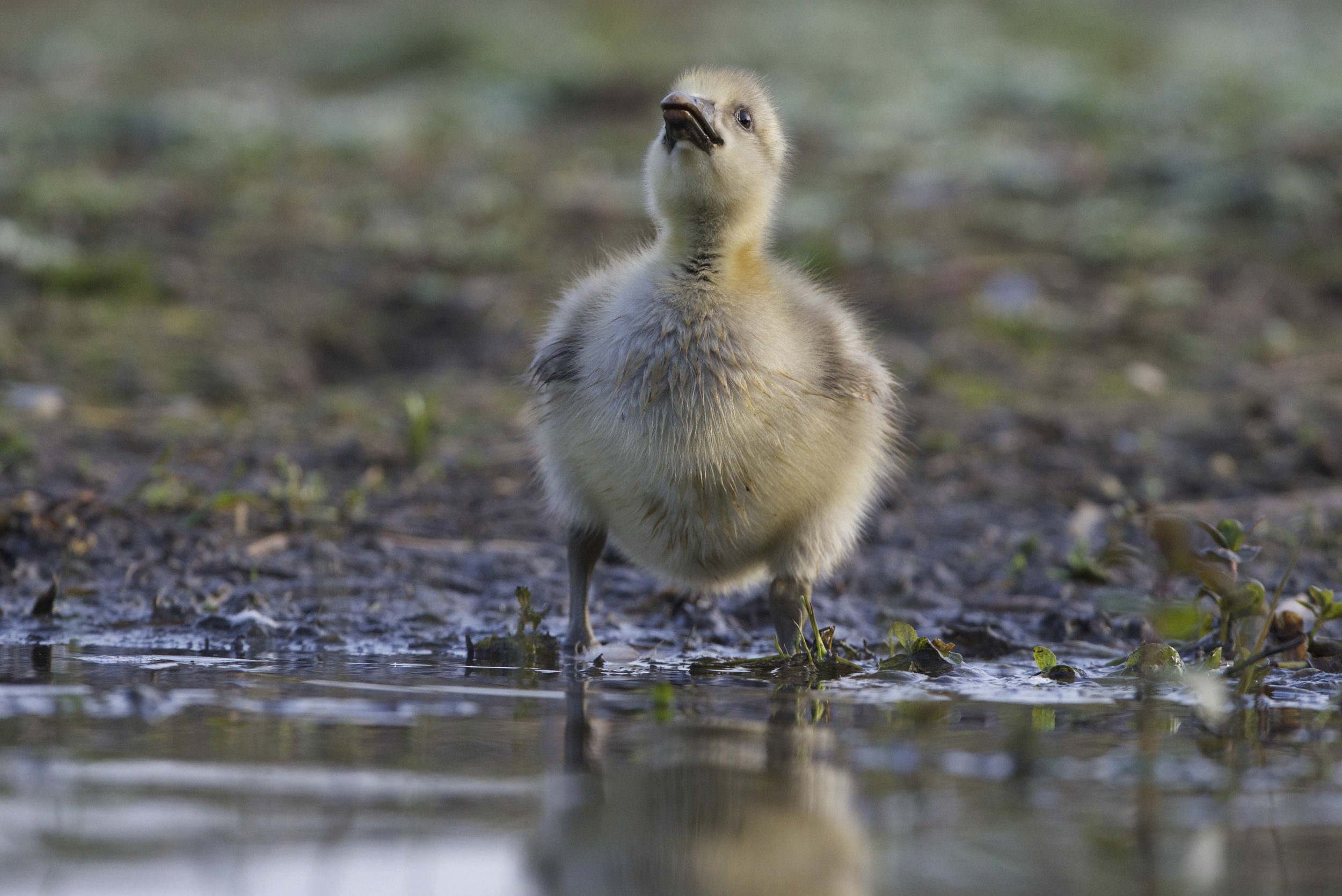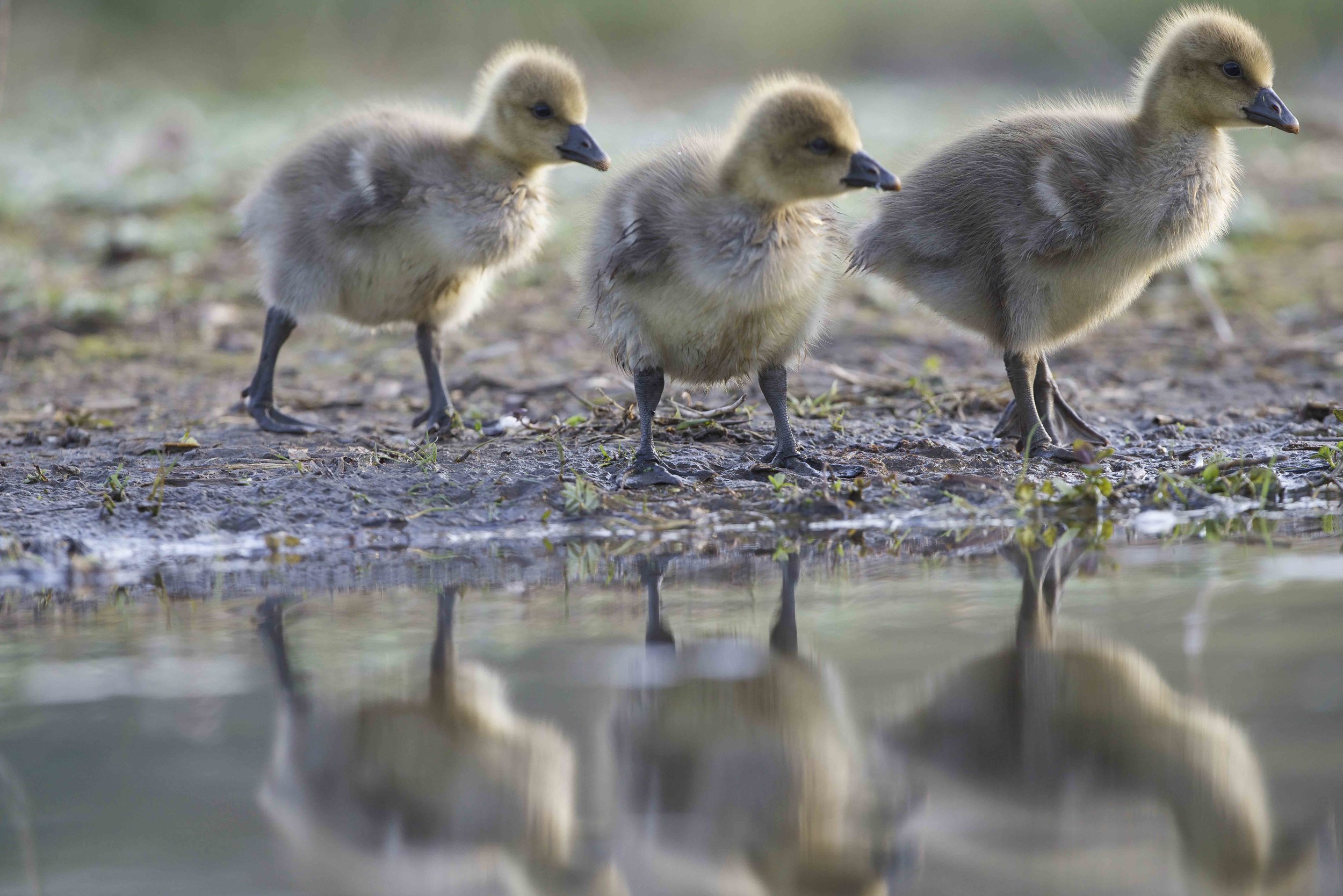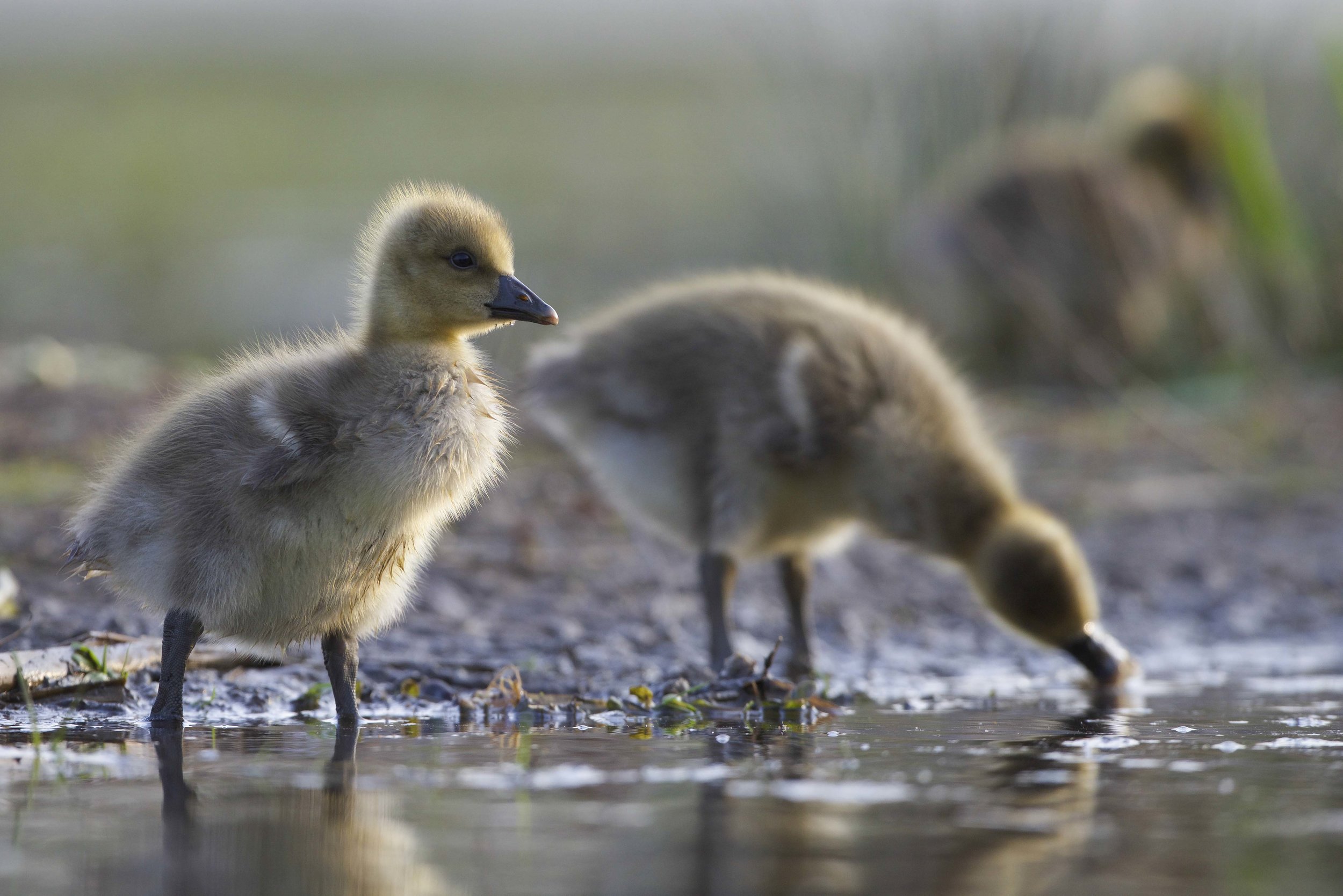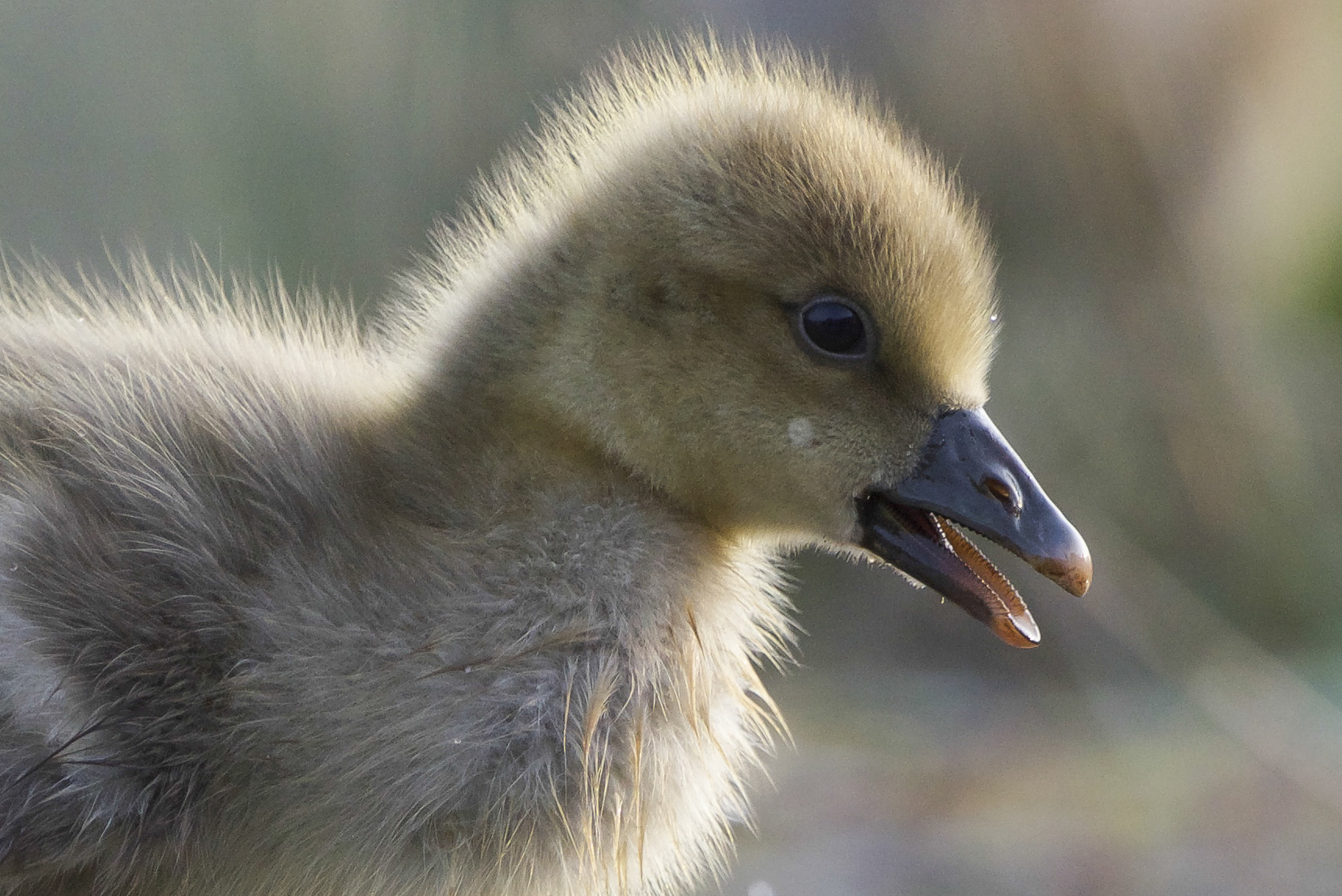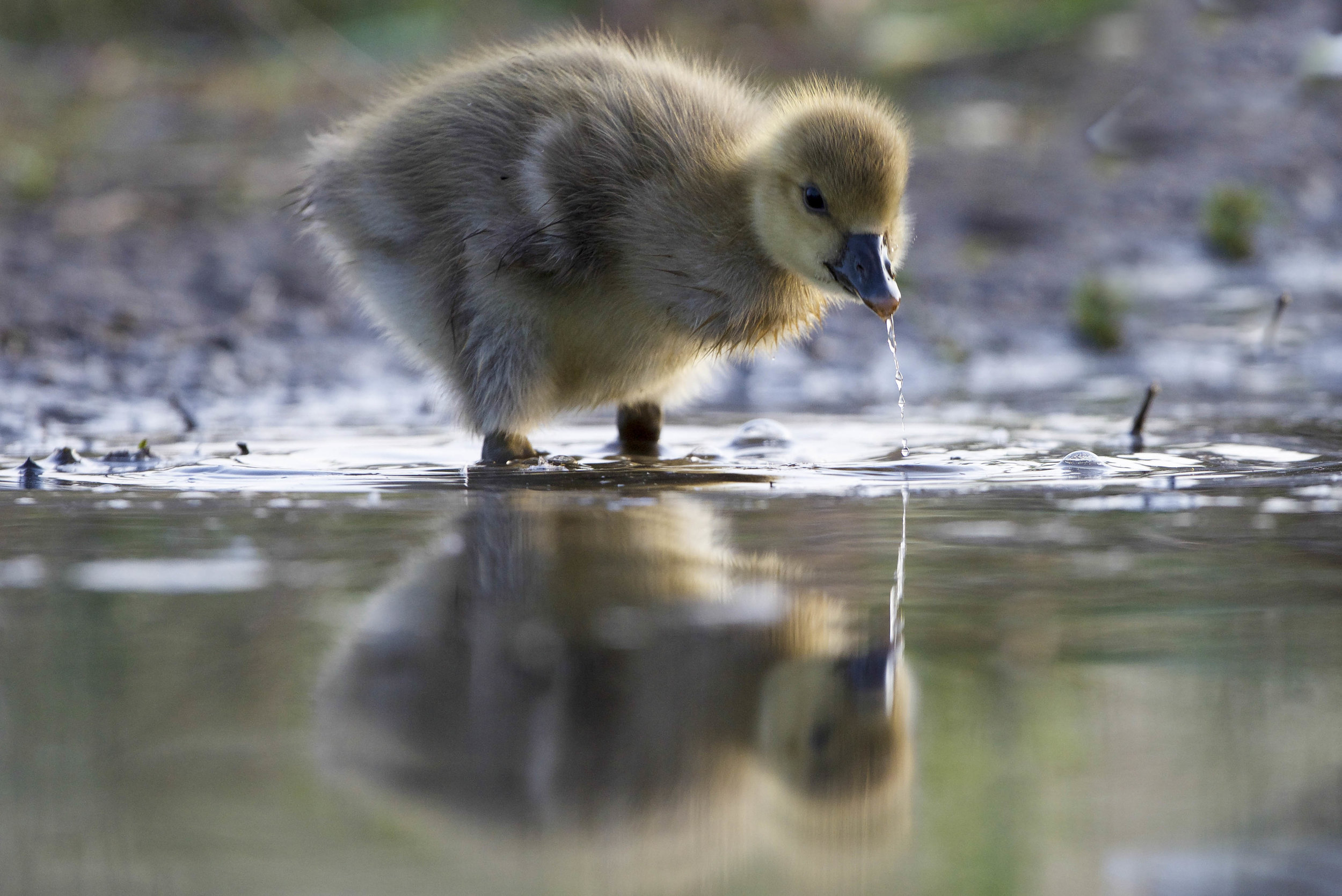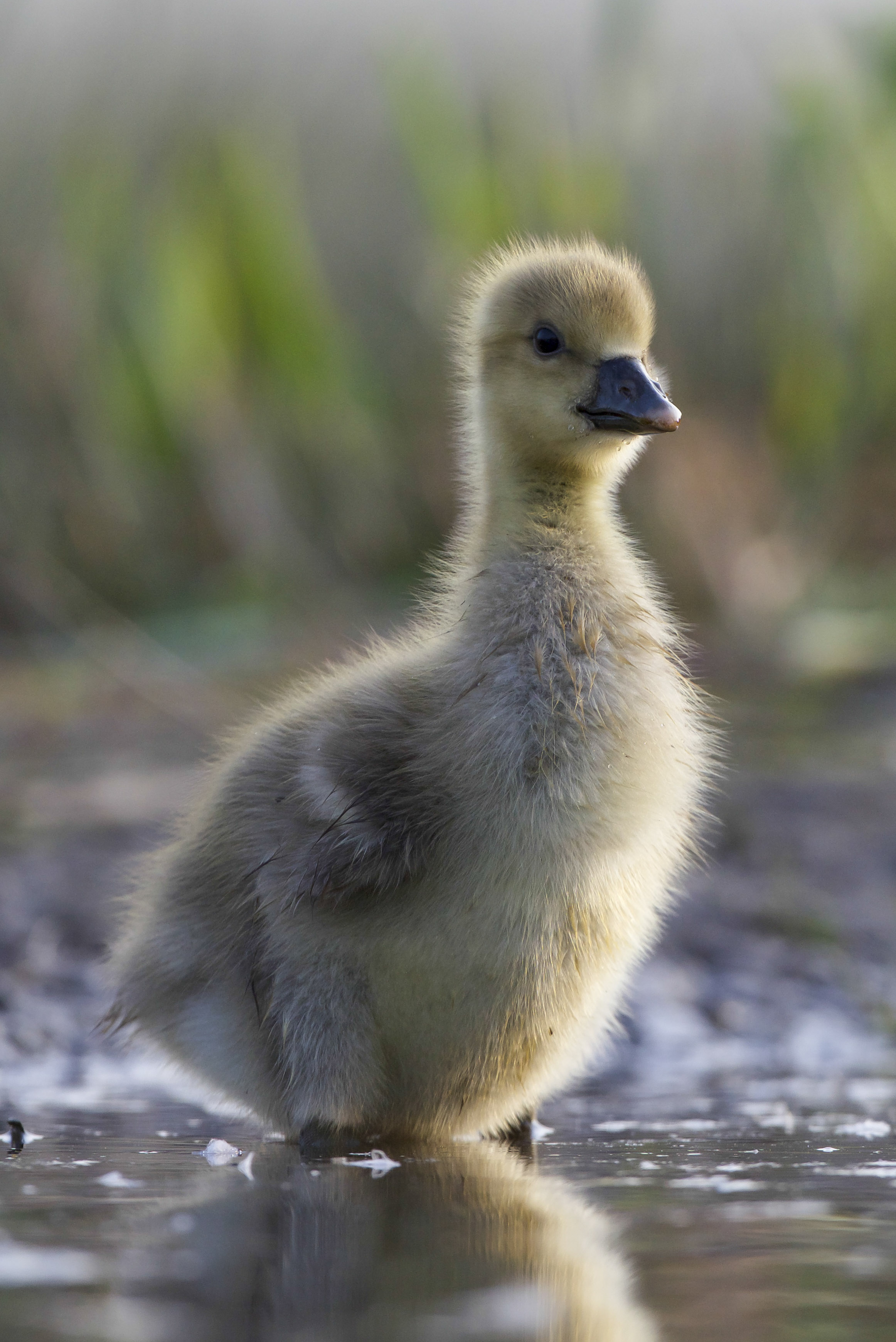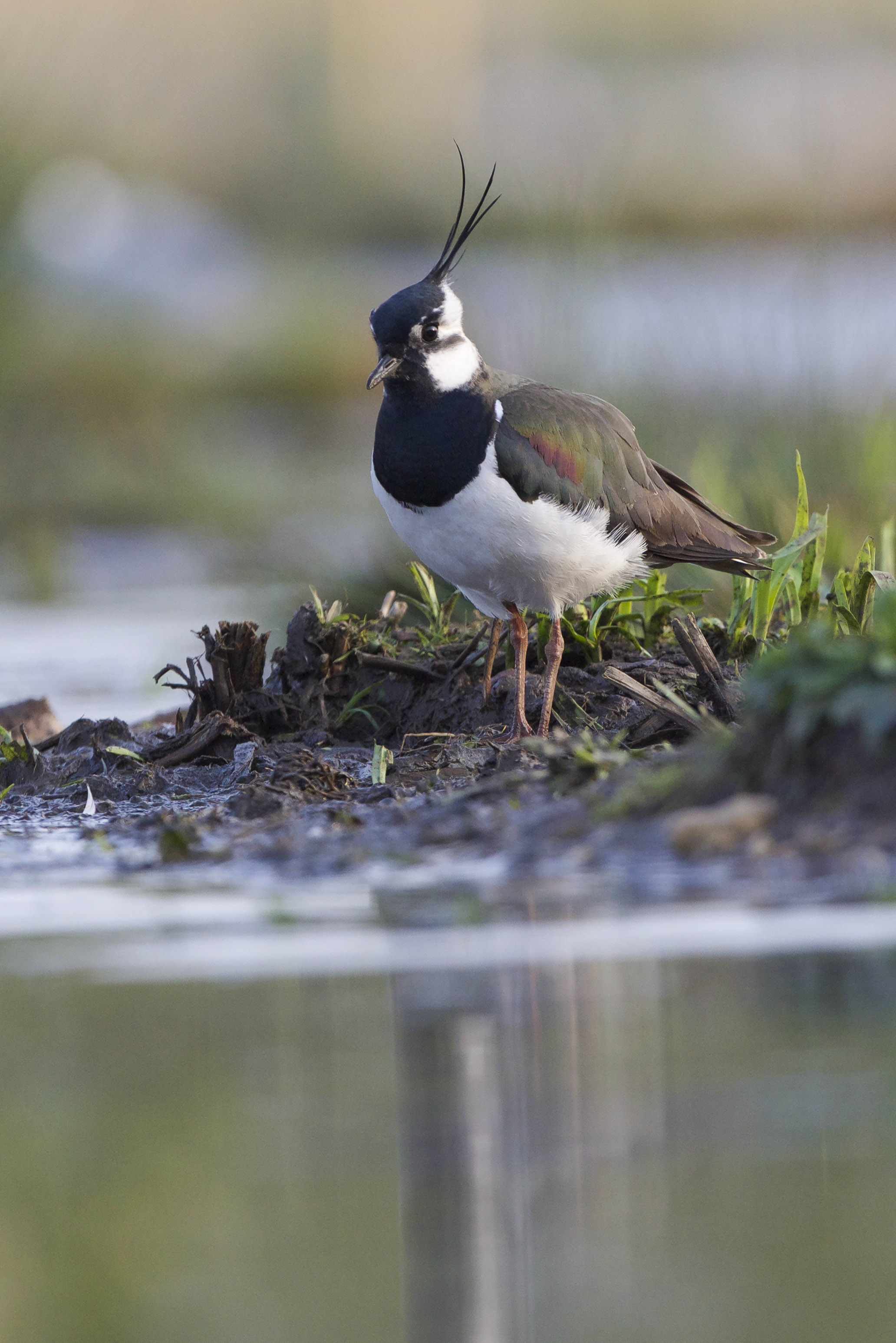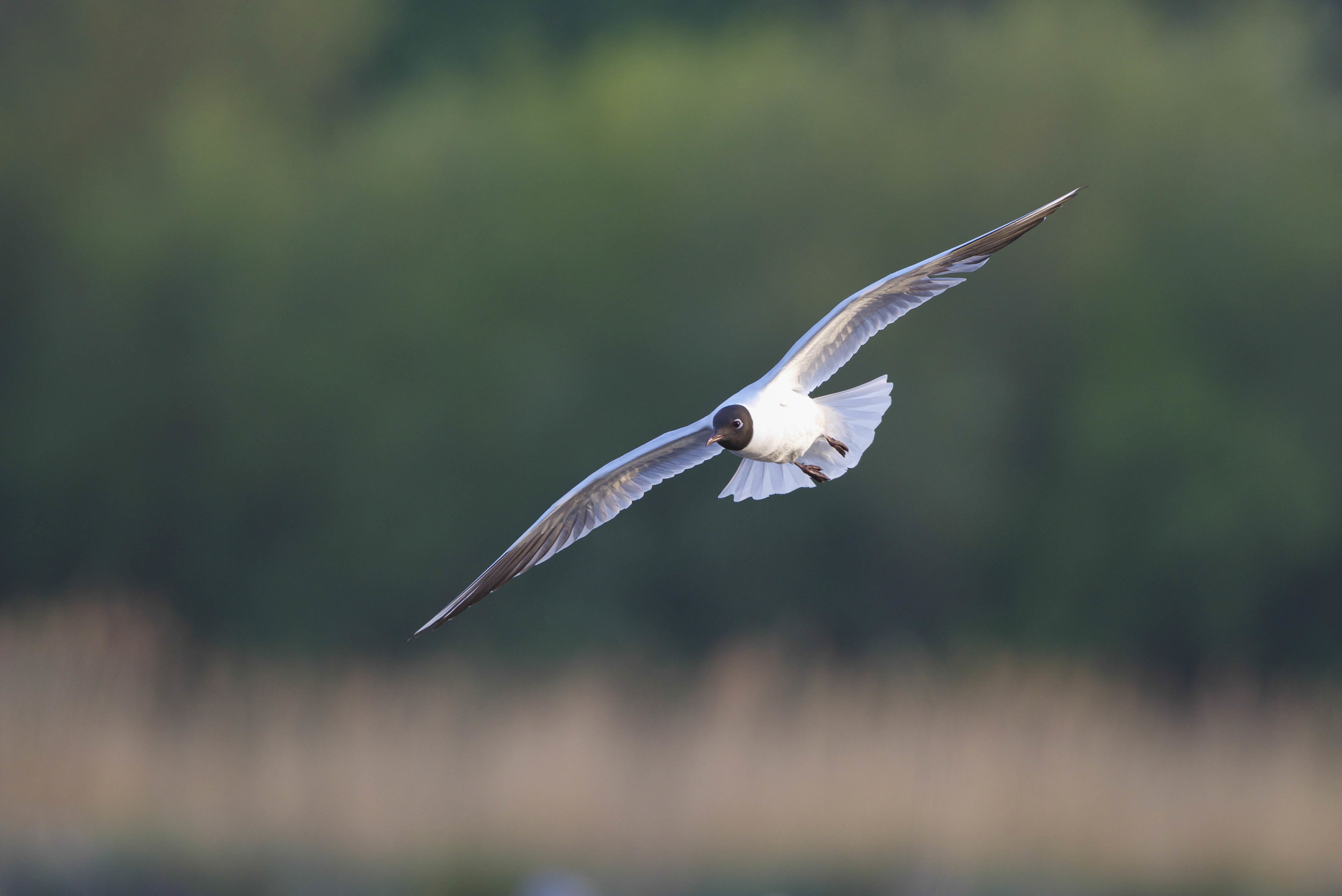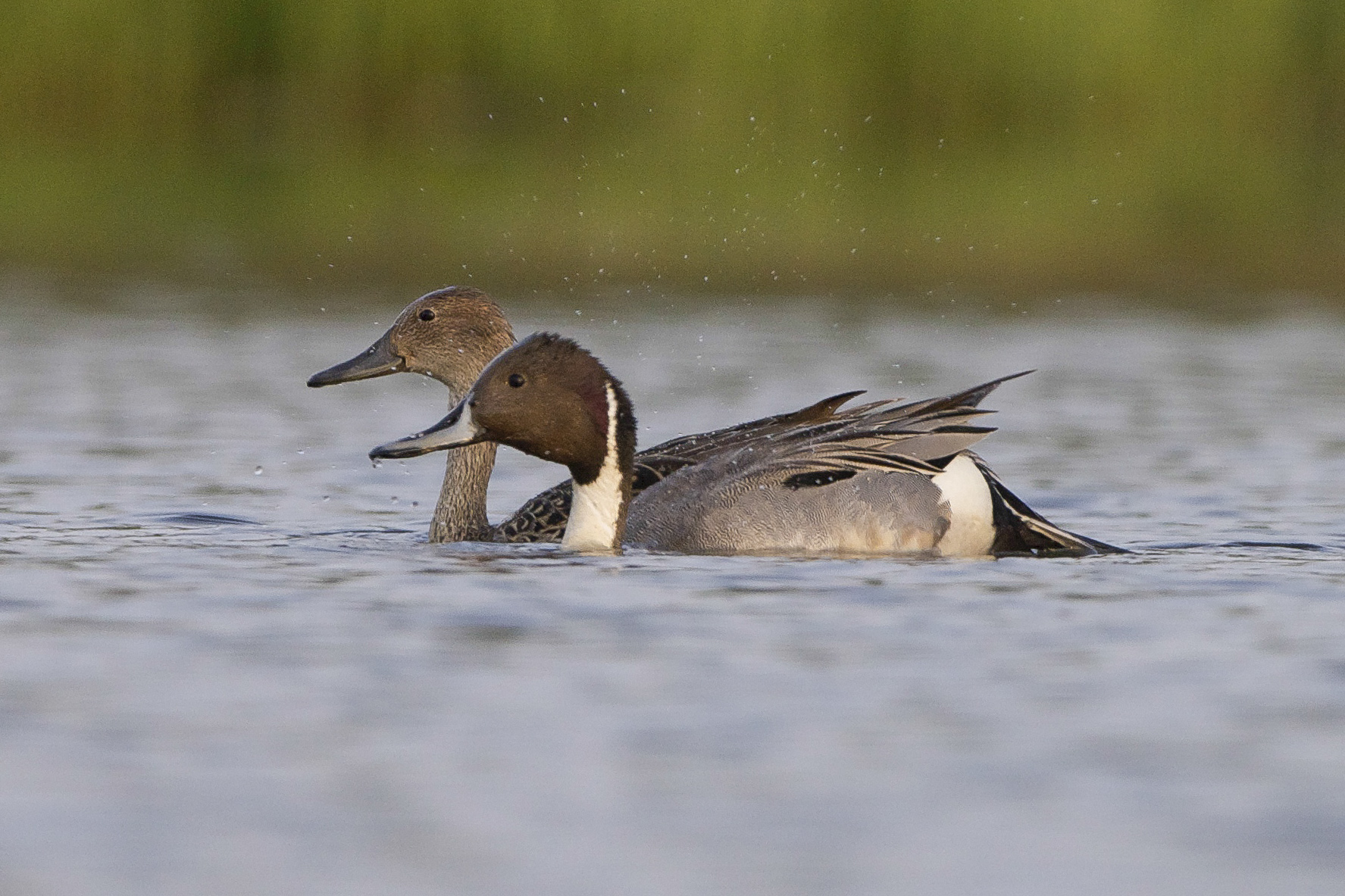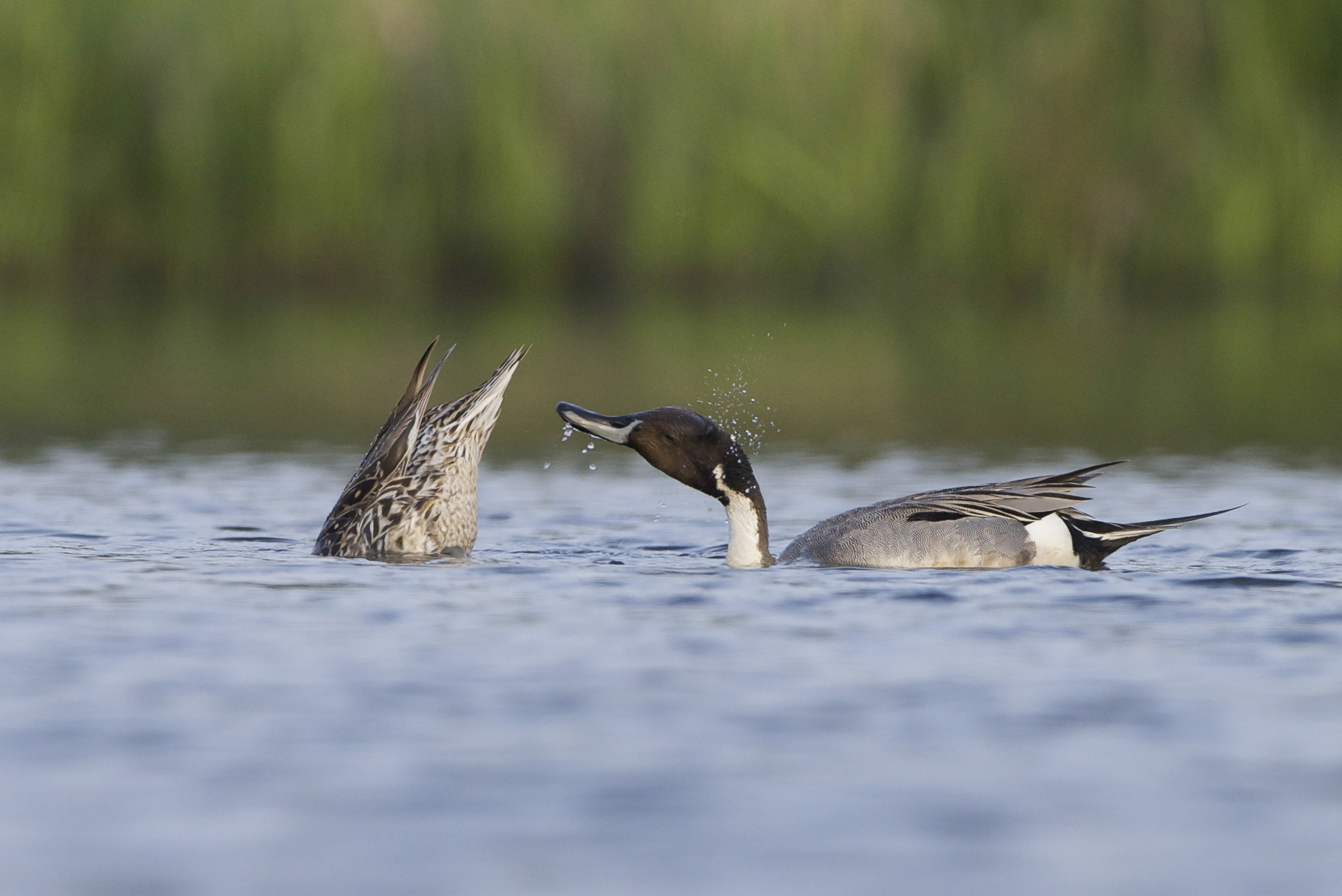I’ve not been out much with the camera just lately but I had a cracking trip out to Spurn this morning.
First stop was Canal Scrape in the hope of a close-up wood sandpiper. The first bird to show was a nice yellow wagtail and then along came a wood sand. It stayed on the opposite side of the bank for about 5 minutes and then disappeared. Apart from a few hirundines swooping for a drink, there wasny a lot more activity
I made my way to Kilnsea Wetlands and it was quite busy with waders here. A nice wood sandpiper as well as a few dunlin and a little stint were all on view. The recently reported white-rumped sandpiper was on show for most of the time I was there albeit always distant.
There were some juvenile little ringed plovers close to the hide as well as a few wagtails.Just as it was quietening down, news of some breeding marsh warblers came on the RBA feed. It would appear that a pair had bred nearby and both adults were also present.
I had a quick move and sure enough there was plenty of activity as the adult birds were frenetically feeding the young.
Other than that, there wasnt a great deal about, however given the good views of the waders and marsh warblers, I was more than happy.












